
Visa and entry requirements Lesotho:
Passport required
German citizens do not need a visa for a tourist stay of up to 14 days.
Information from the Foreign Office about your trip to Lesotho:
https://www.auswaertiges-amt.de/de/lesothosicherheit/226974
The Kingdom of Lesotho is a parliamentary monarchy in southern Africa with around 2.1 million inhabitants. The country is an enclave and is completely surrounded by the Republic of South Africa.
Due to its altitude, the state is also called “The Kingdom in Heaven”. Lesotho's lowest point is at 1,390 meters above sea level, while the highest mountain is Thabana Ntlenyana at 3,482 meters.
The two official languages in the kingdom are Sesotho and English and the official national currency is the Lesotho Loti, where 1 euro is equivalent to around 14.50 LSL. The South African Rand is now increasingly being accepted as a means of payment.
The country's largest cities include Maseru, Maputsoe, Mafeteng, Mohales Hoek, Hlotse, Butha-Buthe, Quthing, Qachas Nek, Teyateyaneng, Thaba-Tseka and Mokhotlong.
Inland Lesotho is home to numerous waterfalls, of which the 192 meter high Maletsunyane Waterfall is the highest uninterrupted waterfall in southern Africa. In the entire national territory there are relatively few trees, hardly any mammals and some rare bird species, such as bearded vultures, white storks, herons, the ibis, weaver birds and small sunbirds.
Approximately 91% of Lesotho's population professes the Christian faith. Unemployment in the country is around 47%, making it one of the highest in the world. About 23% of adult residents are infected with HIV, making it the second highest AIDS rate in the world.
Lesotho is one of the poorest countries in the world. Approximately 62% of the population is employed in agriculture, mainly growing maize and millet. The few export goods include live animals, textiles, clothing, shoes, sheep's wool, food and animal feed.
Tourism in Lesotho is now playing an increasingly important role. Around 480,000 tourists come to the country every year and visit, among other things, Maseru, the Drakensberg with the Sani Pass, the Katse Dam, the Afri-Ski ski resort, the old Thaba Bosiu fortress, the Sehlabathebe National Park and Malealea.
The capital and largest city of Lesotho is Maseru with around 360,000 inhabitants. Maseru is located at around 1,550 meters above sea level on the Caledon River, the border river with South Africa. The few sights in the capital include the Palace of King Letsie III, the Parliament Building, the National University, the Our Lady of Victory Cathedral, the National Museum, the Thaba-Bosiu National Monument and the Katse Dam.
In August 2018 I visited Lesotho for the only time so far. On my last big trip to Africa, Lesotho was my third stop. The South African airline South African flies to the kingdom once a day, making it relatively easy and inexpensive to get there.
The capital Maseru is very diverse, so a city tour is not necessarily recommended. What is striking are the countless small, shiny tin huts, which mostly serve as stalls, but sometimes also as residential buildings. The country's great poverty is clearly visible; the only paved road is the main road. It is also difficult to find an international restaurant; you can find it mainly in the relatively few larger hotels.
During my trip in August it was actually really cold there at night due to the altitude and the southern hemisphere. When we drove to the airport early in the morning at 5 a.m., it was only two degrees Celsius.
You have to see Lesotho at least once, but I wouldn't recommend the country for a longer stay.

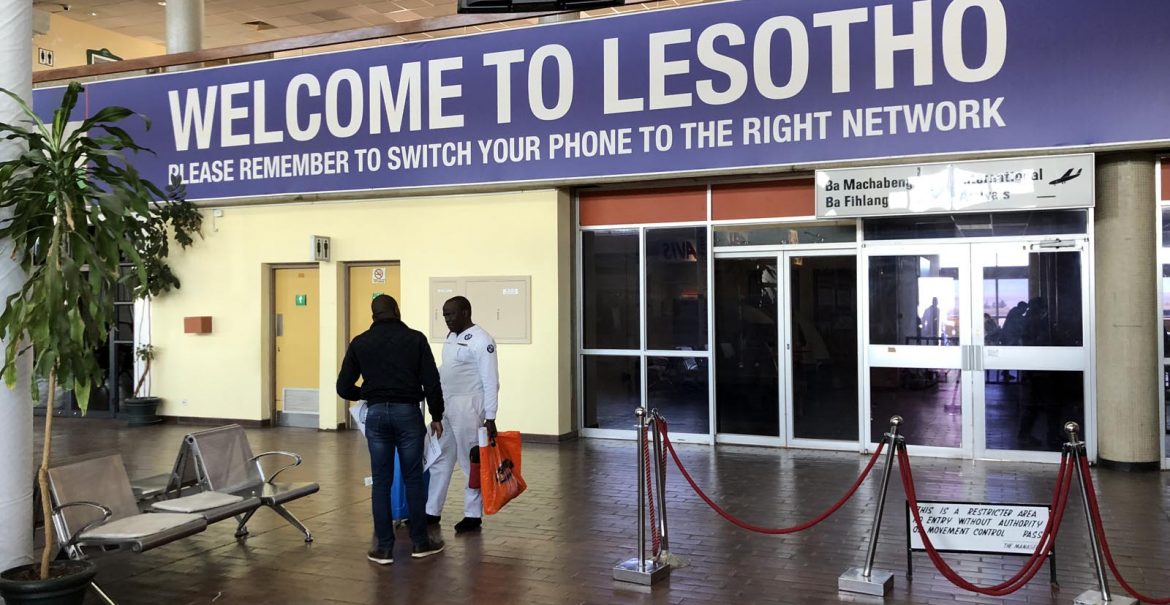
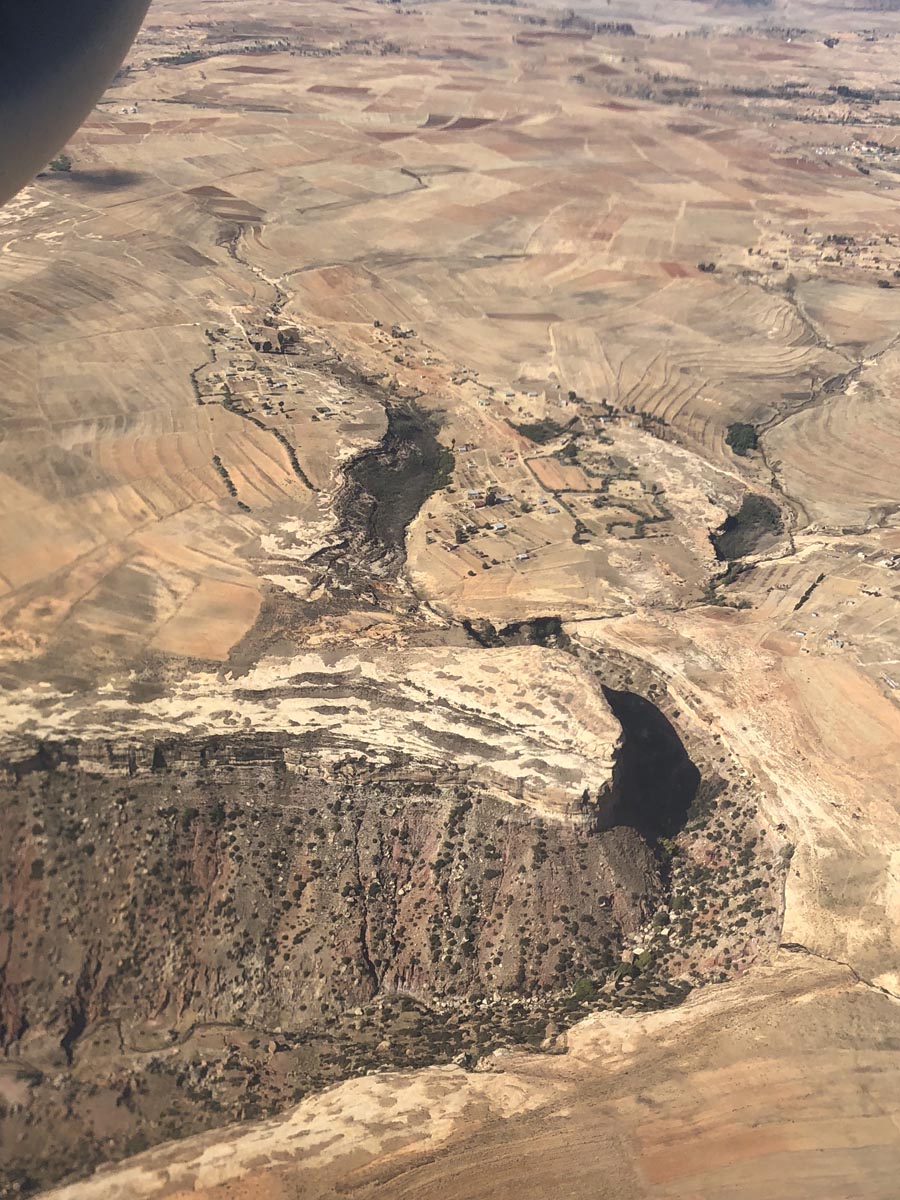

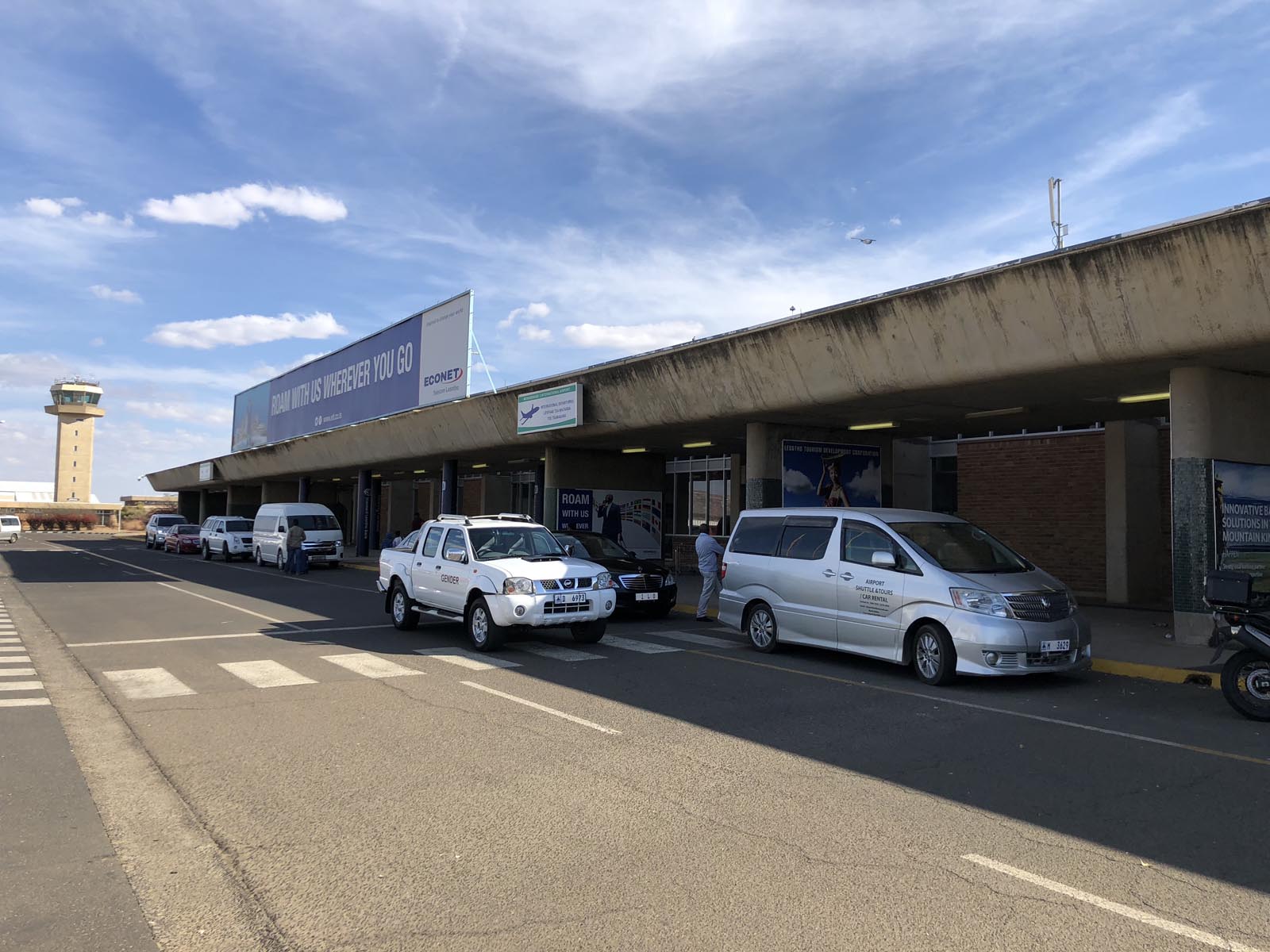
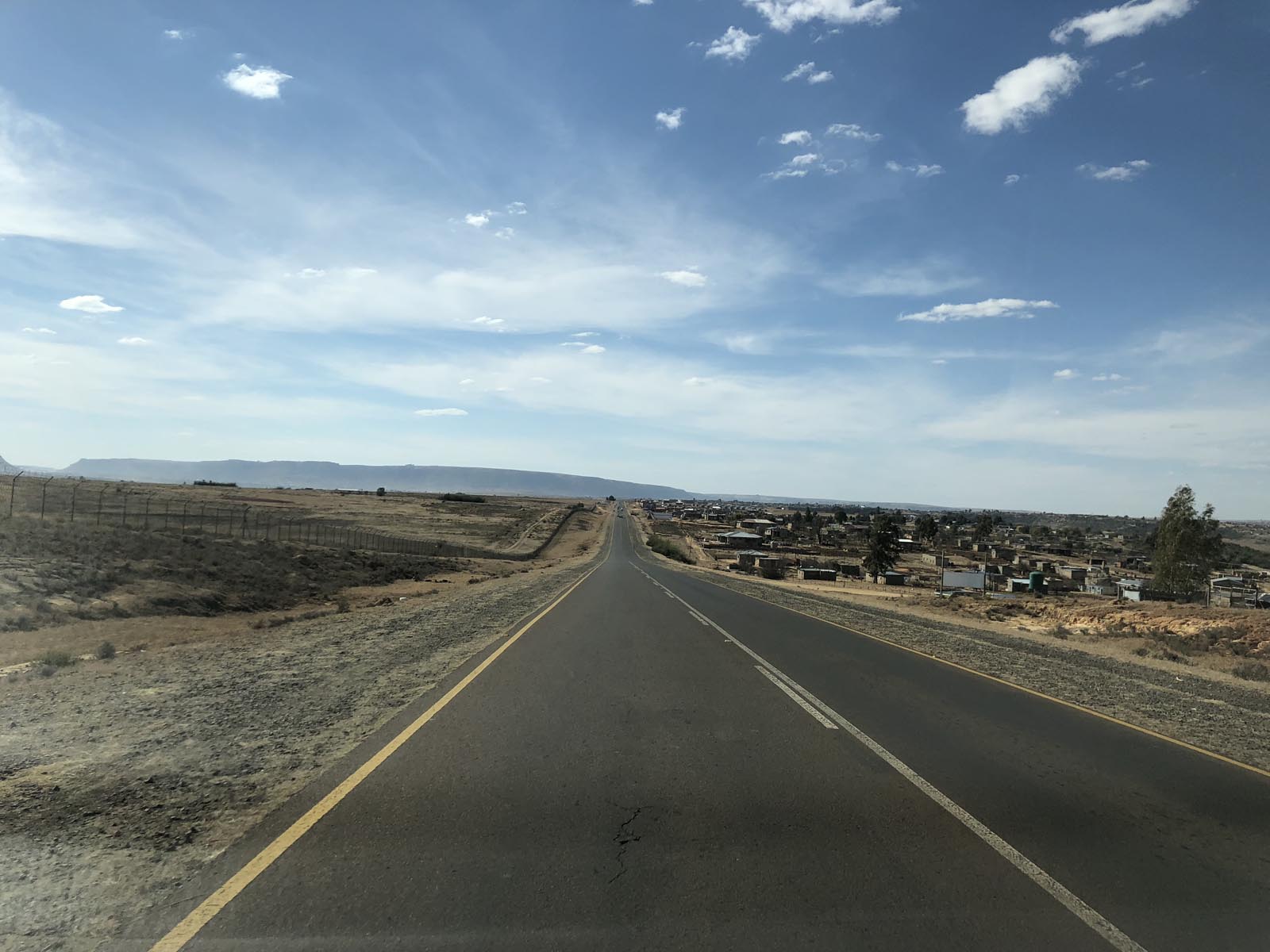
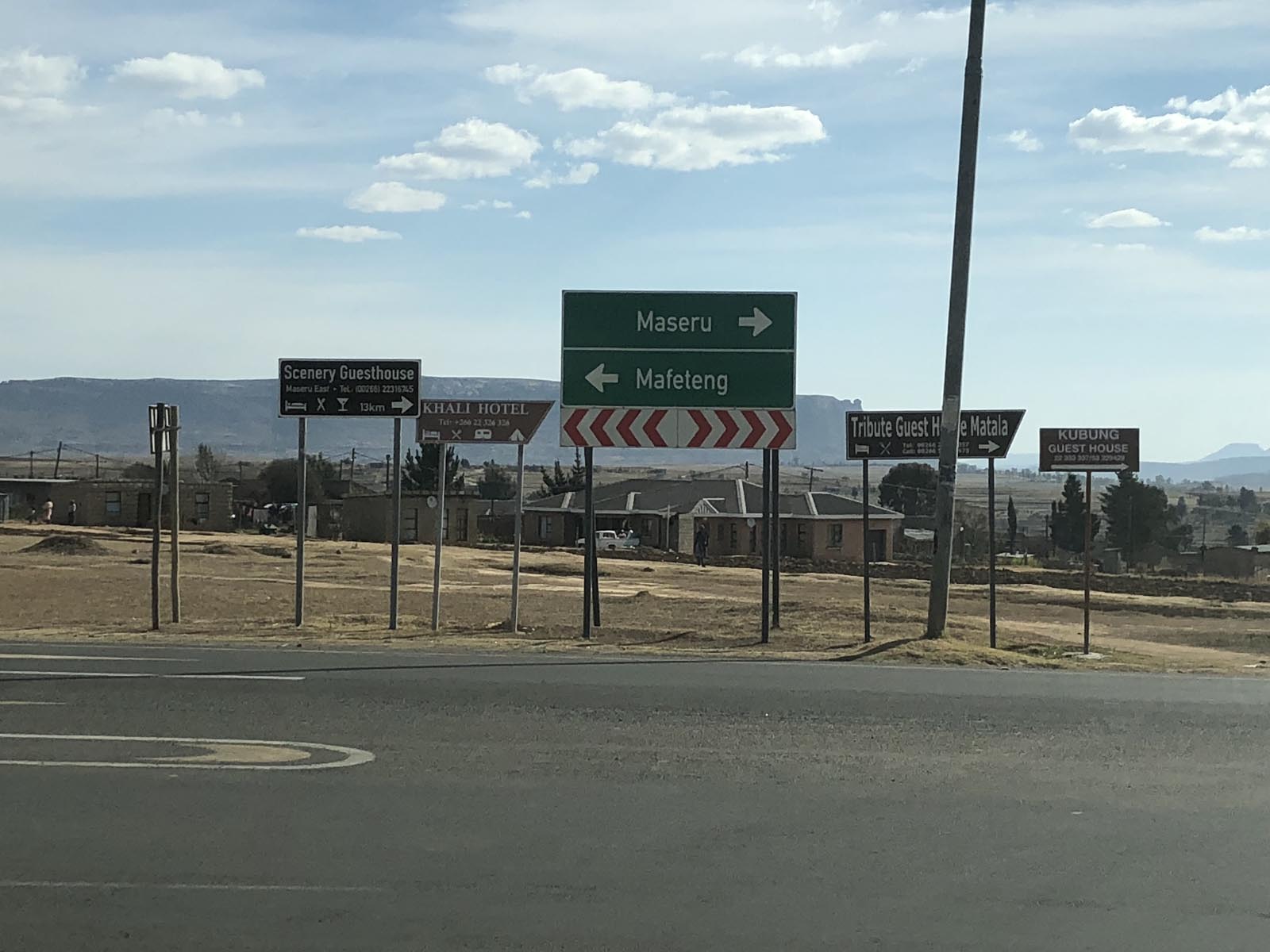
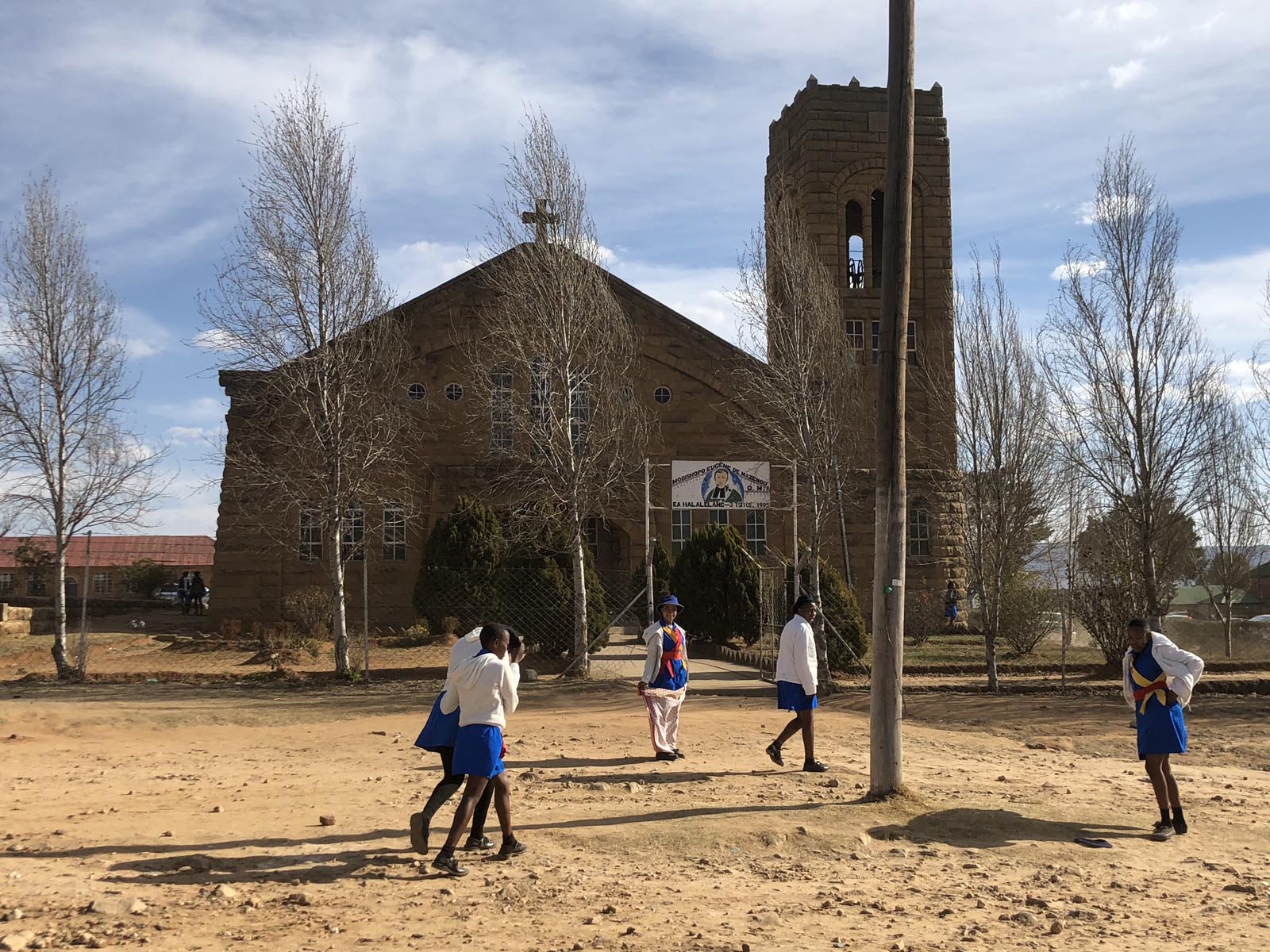
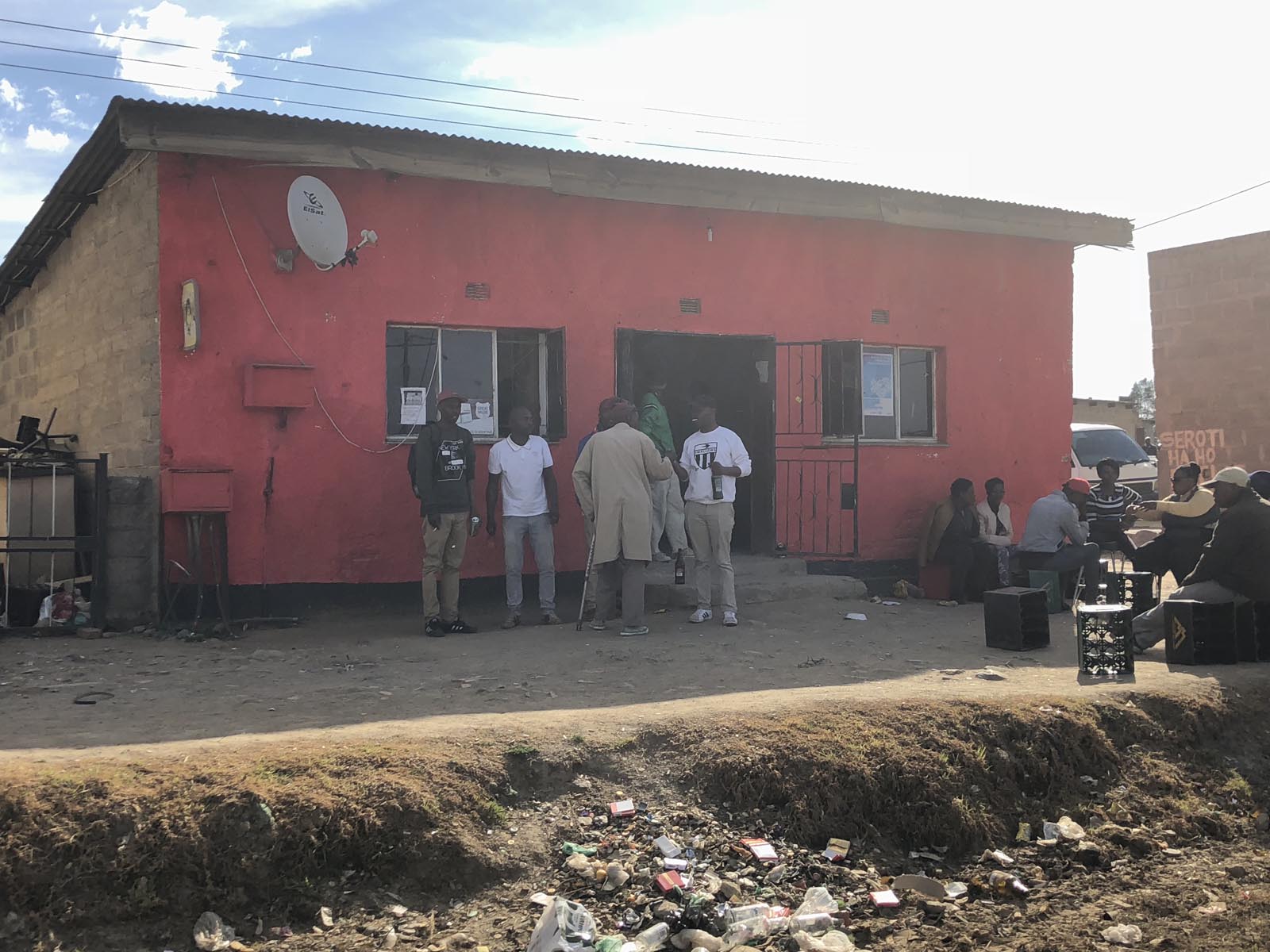
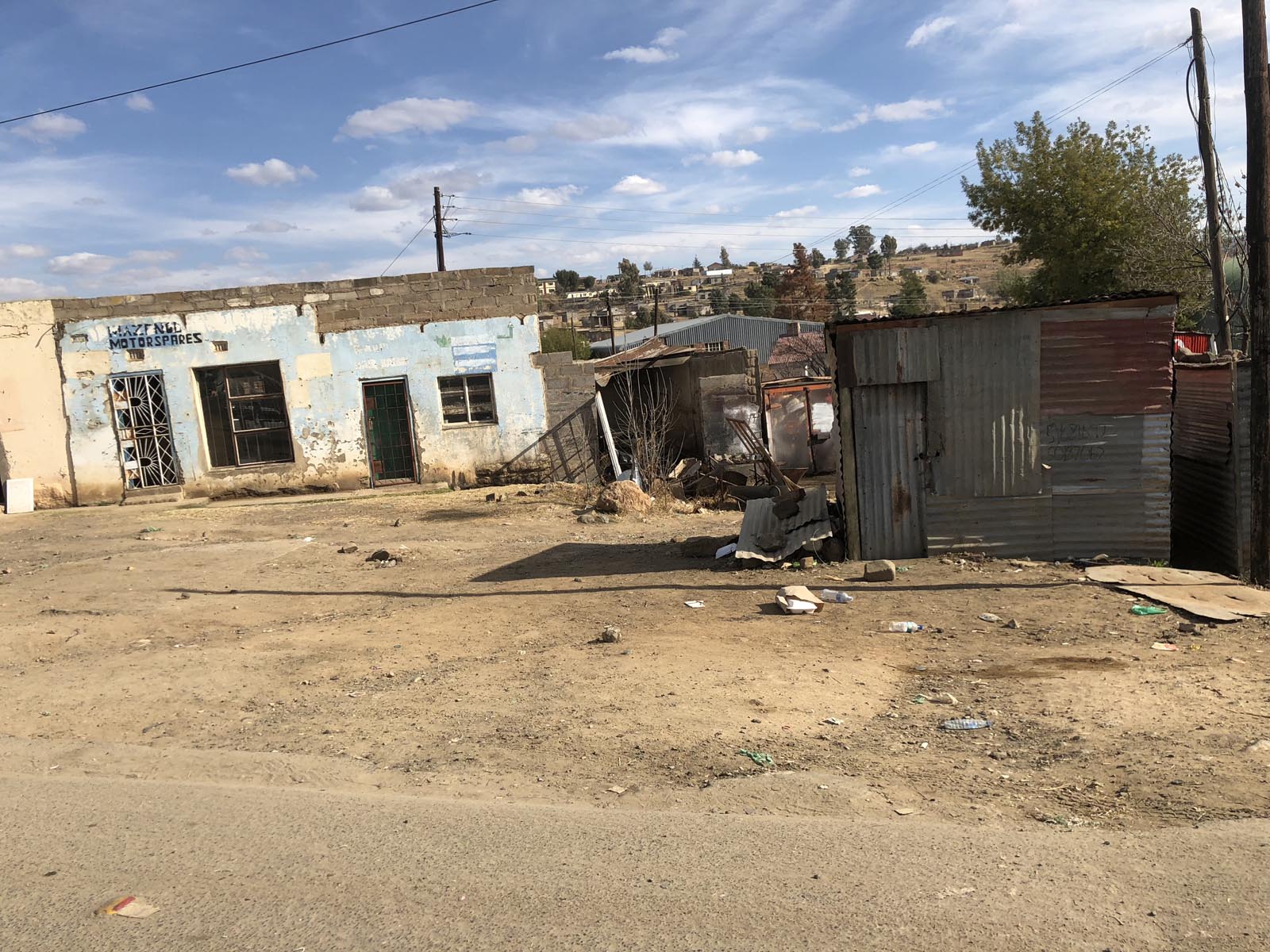
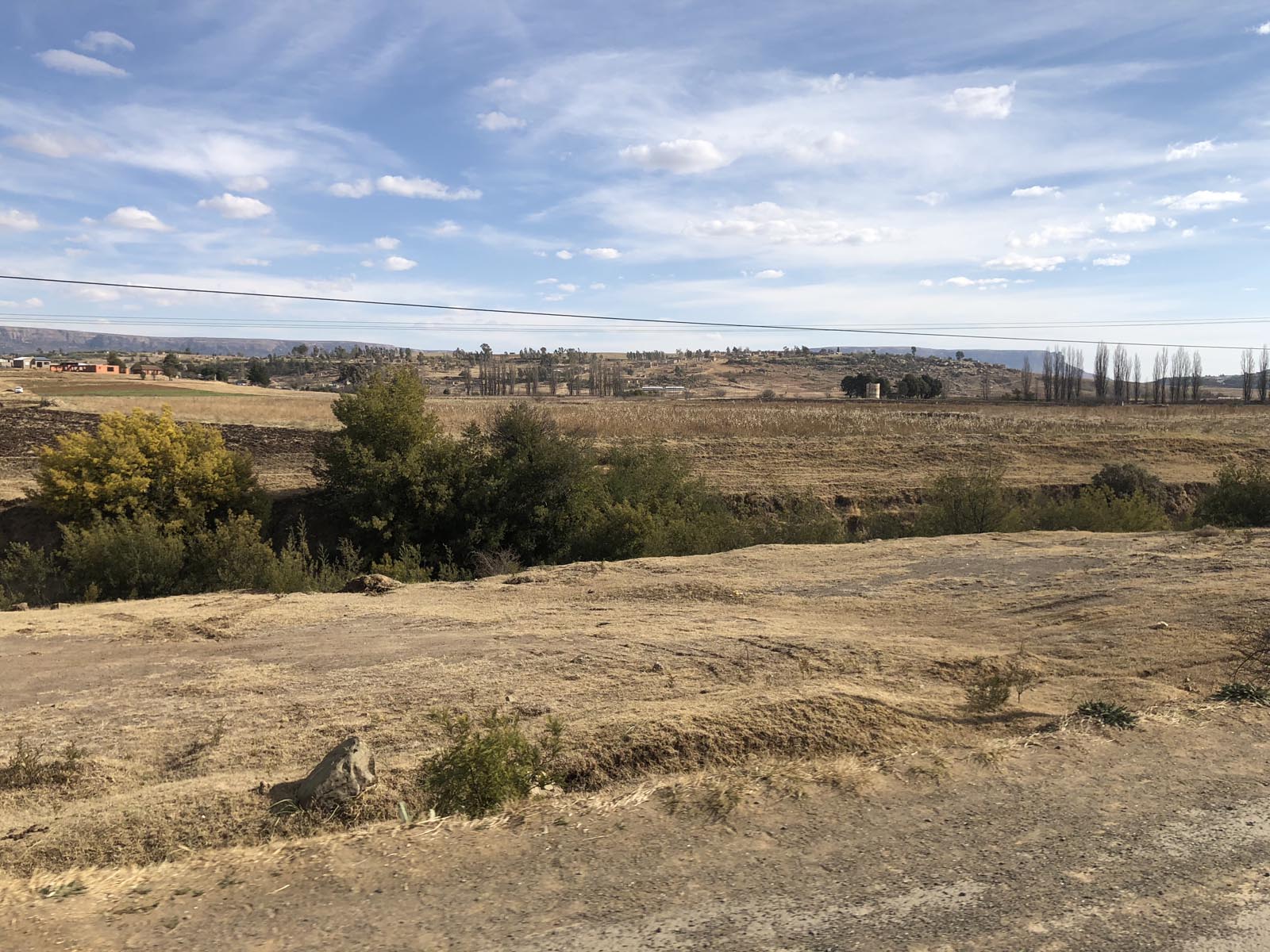
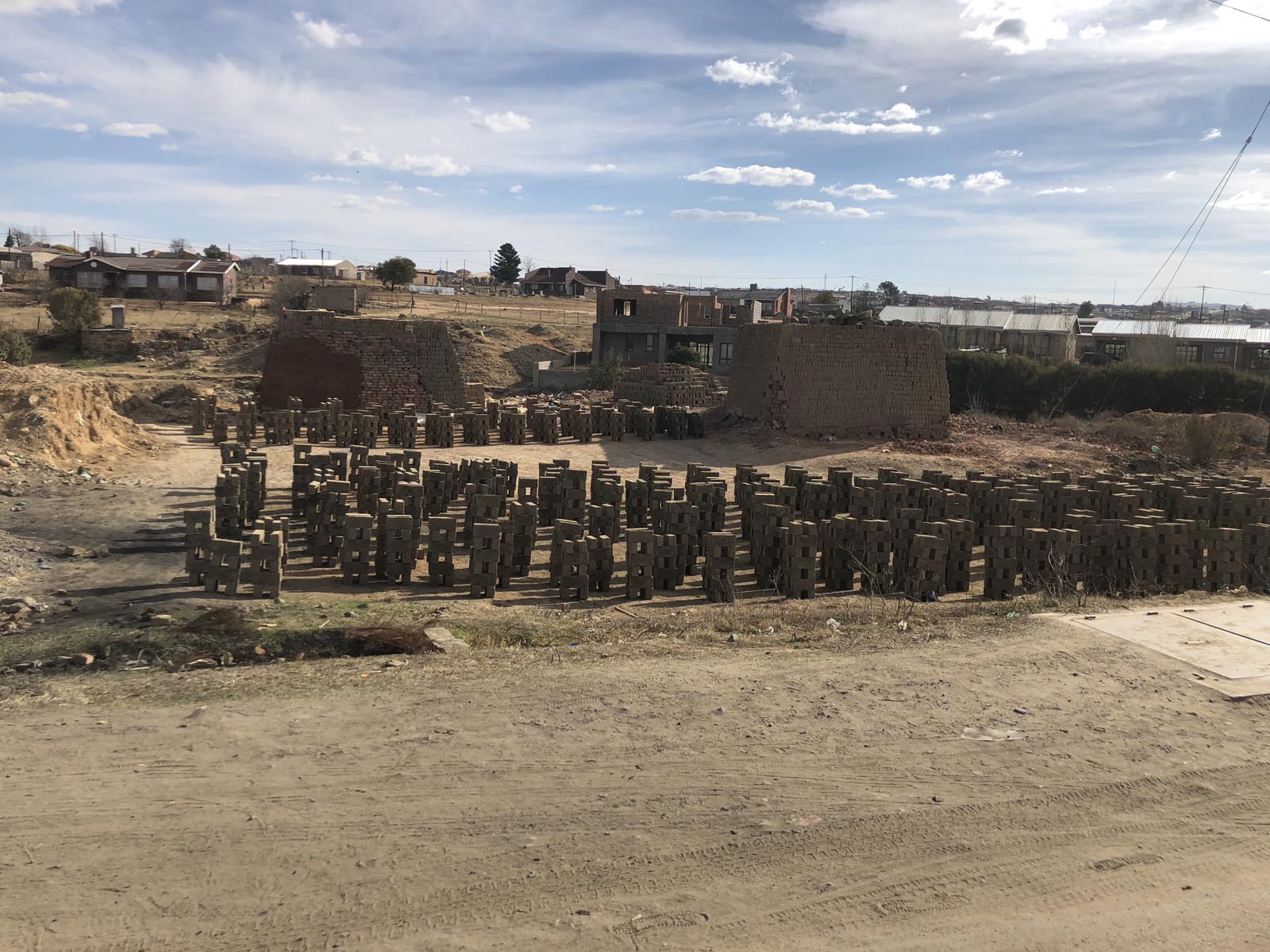
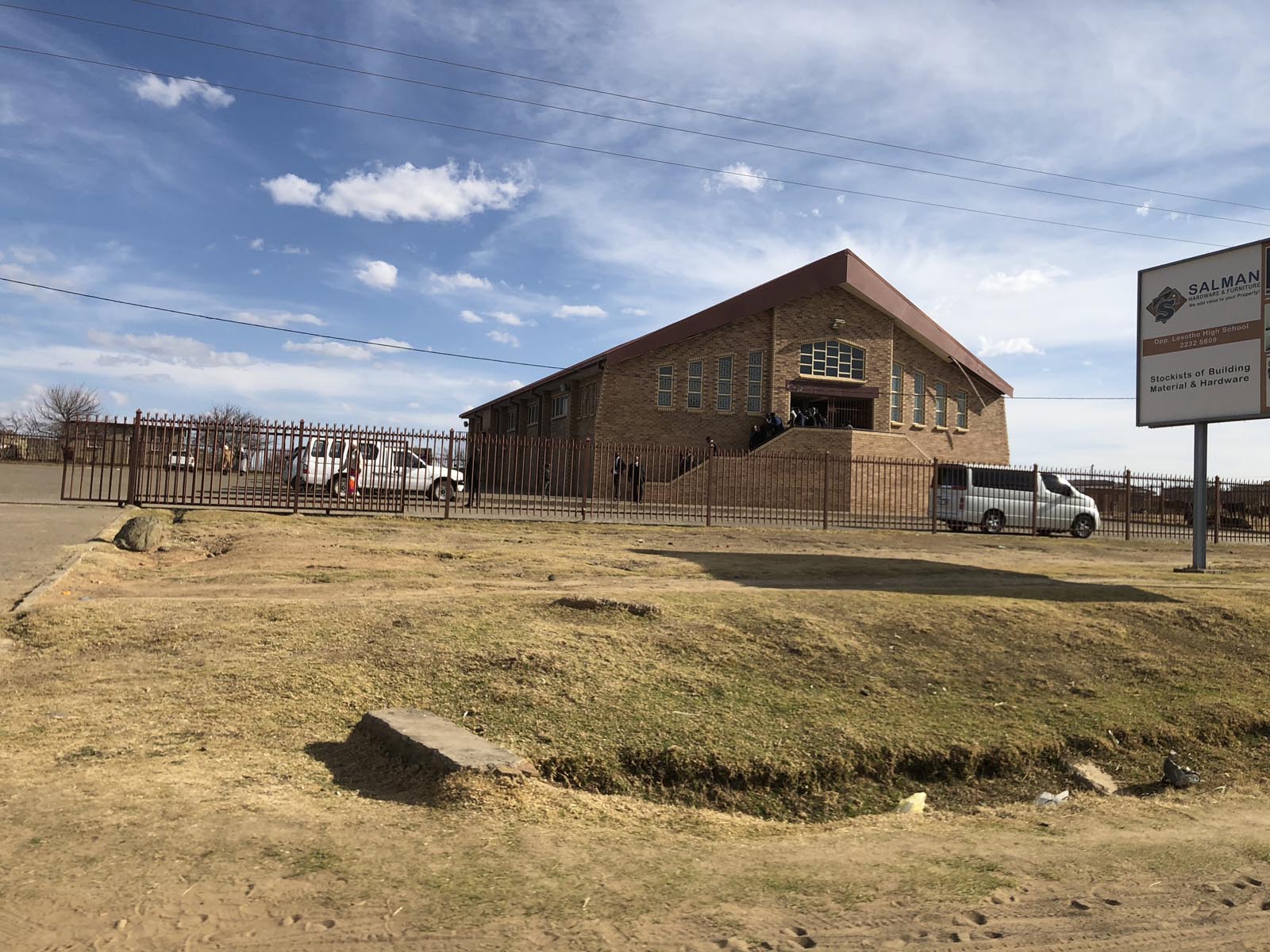
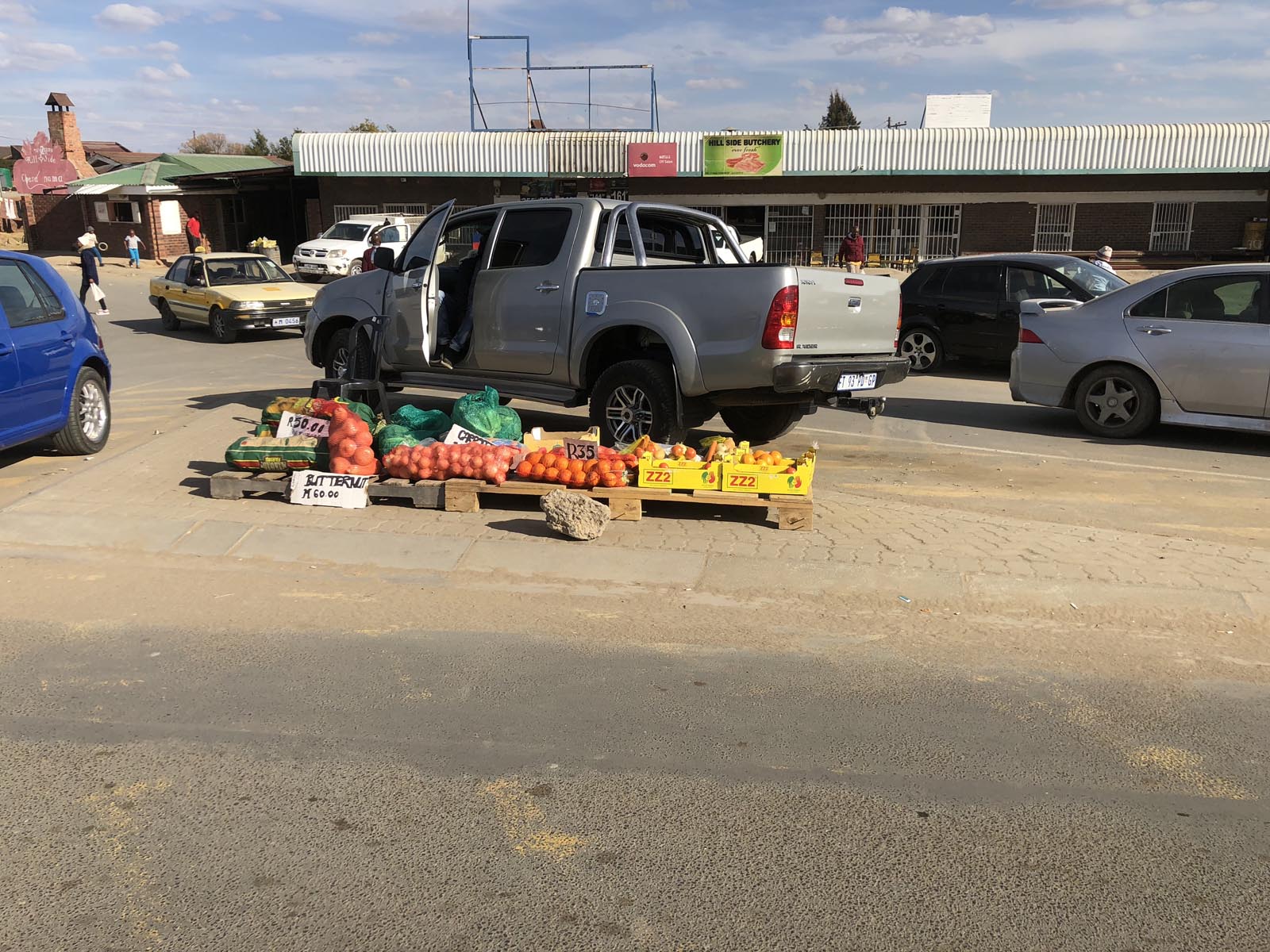
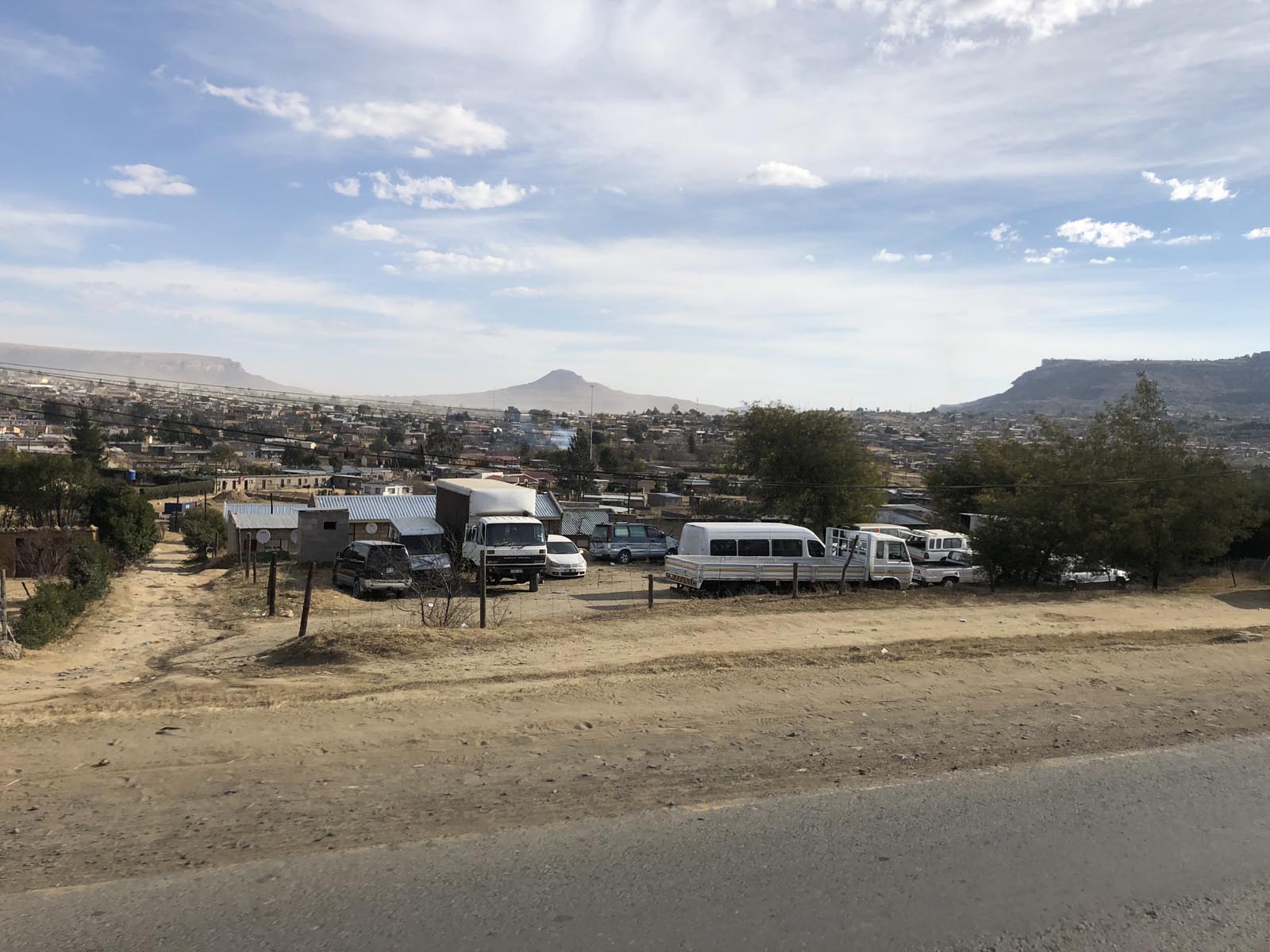
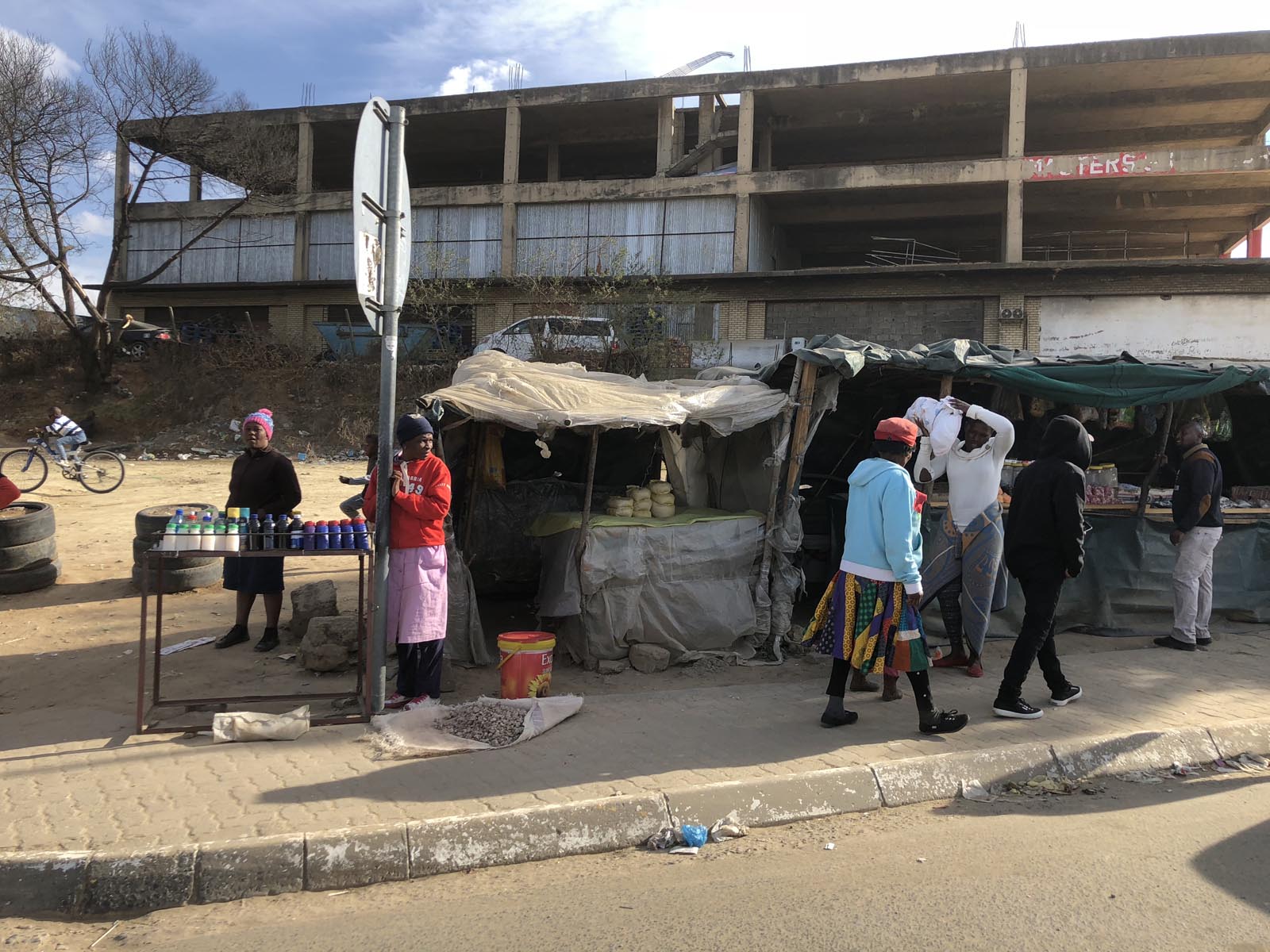
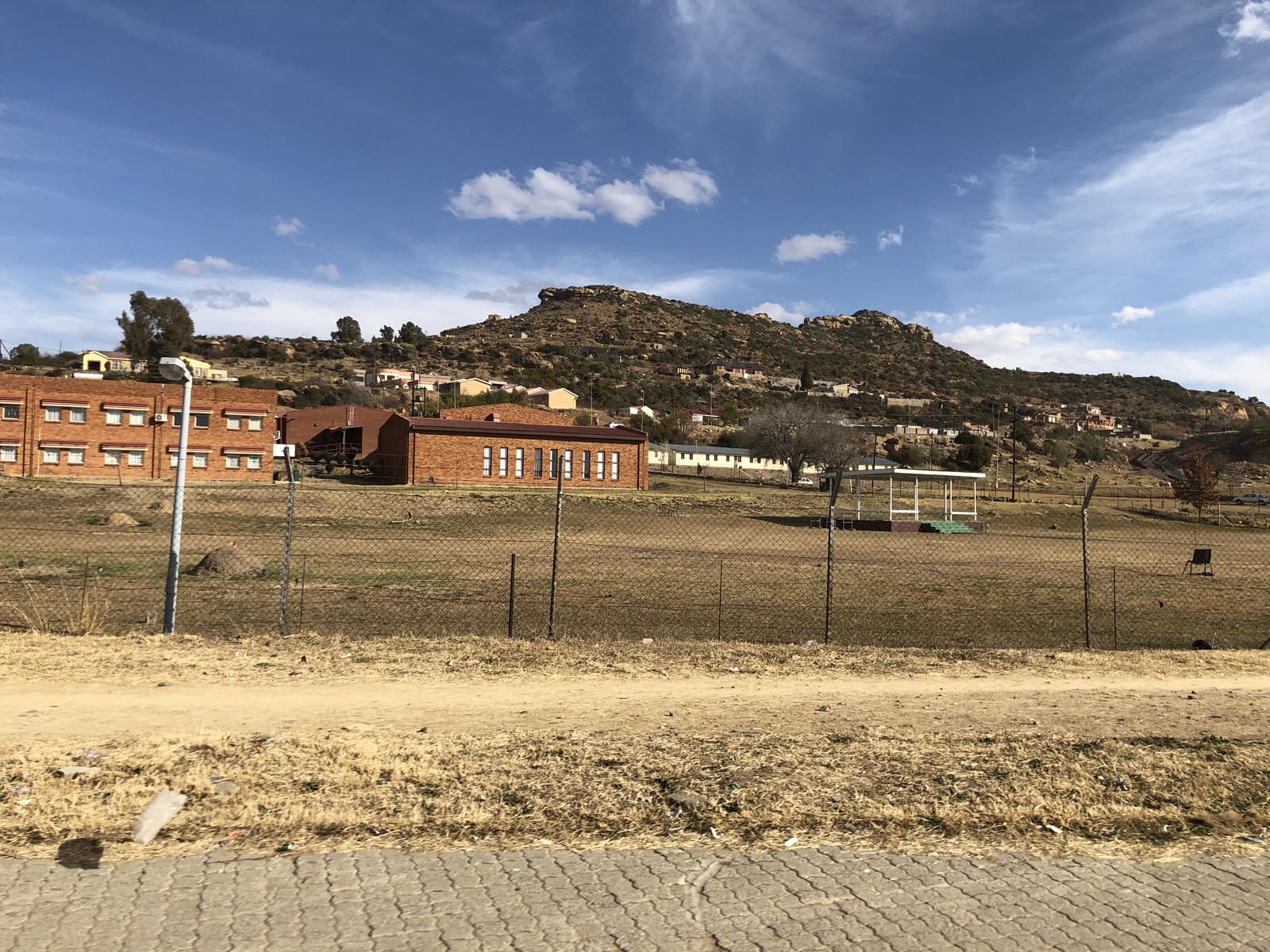
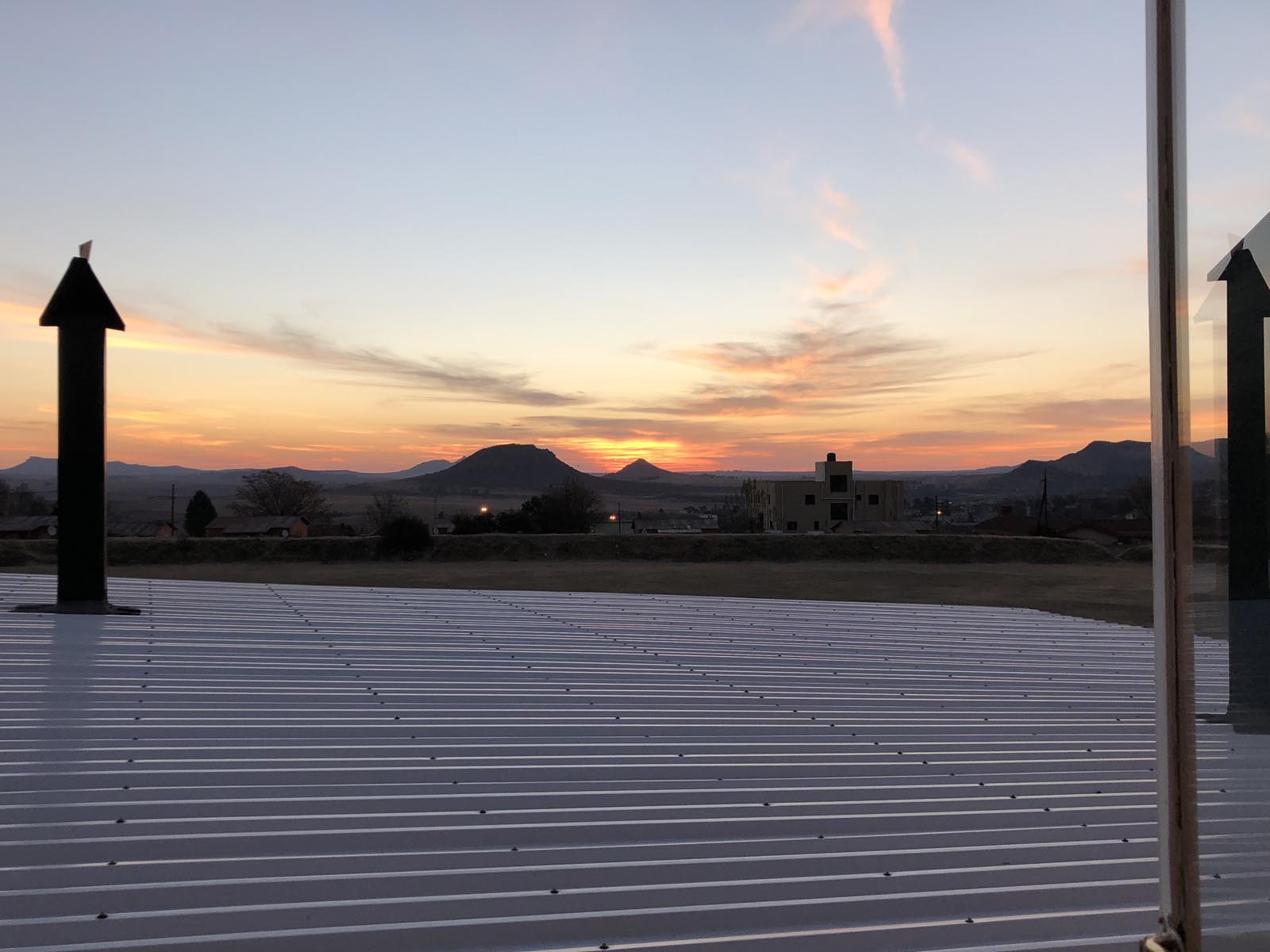
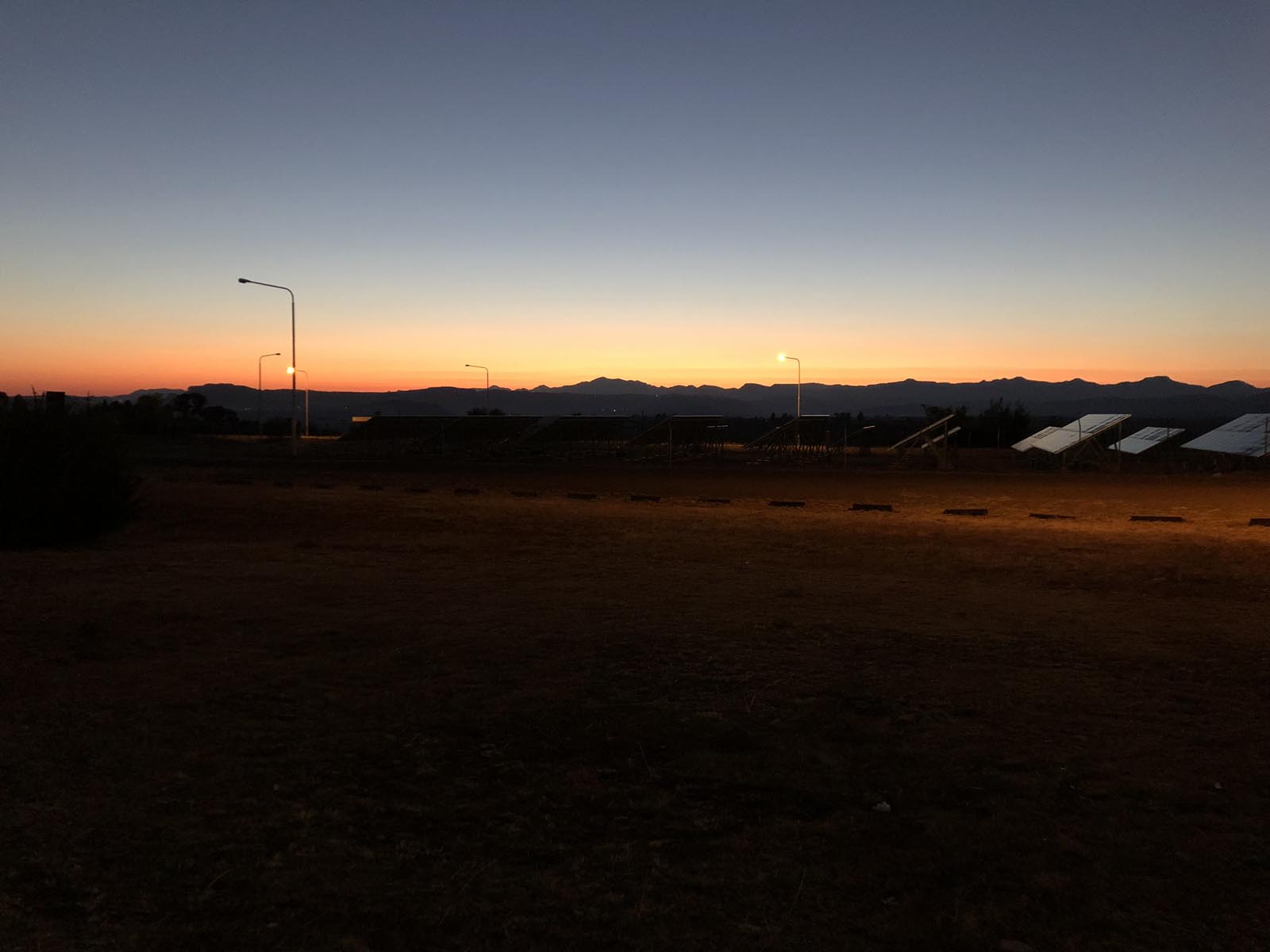
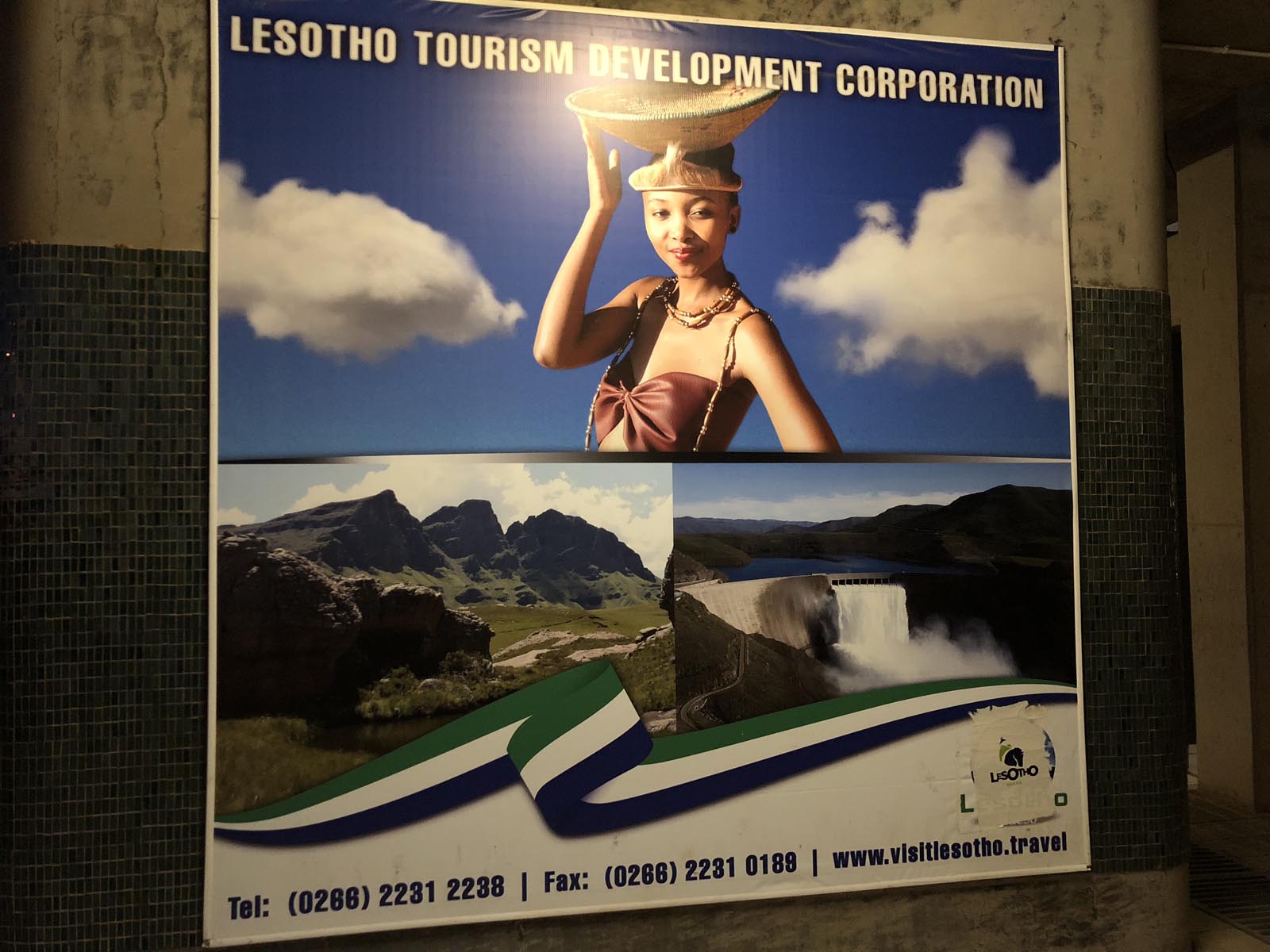
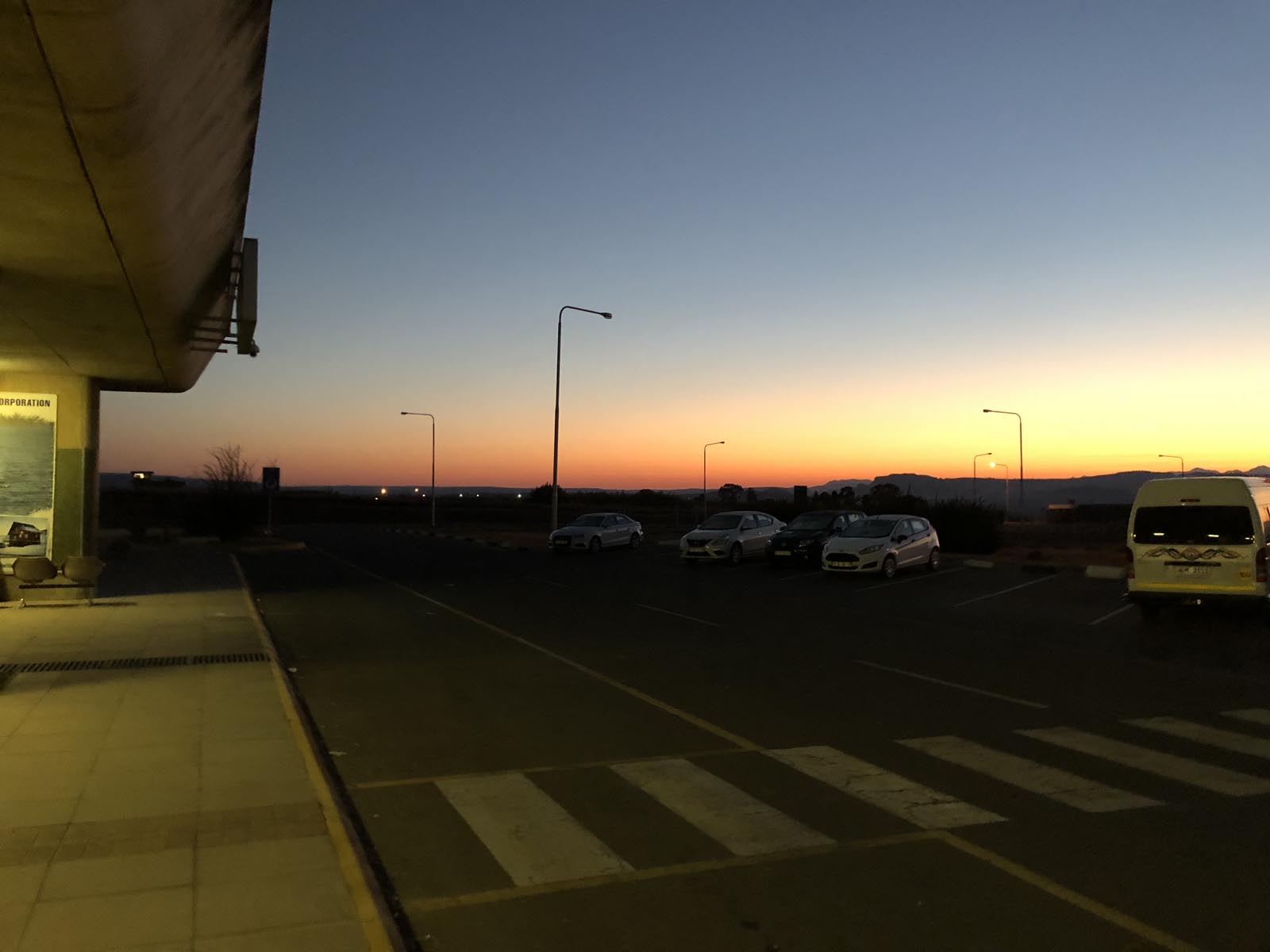
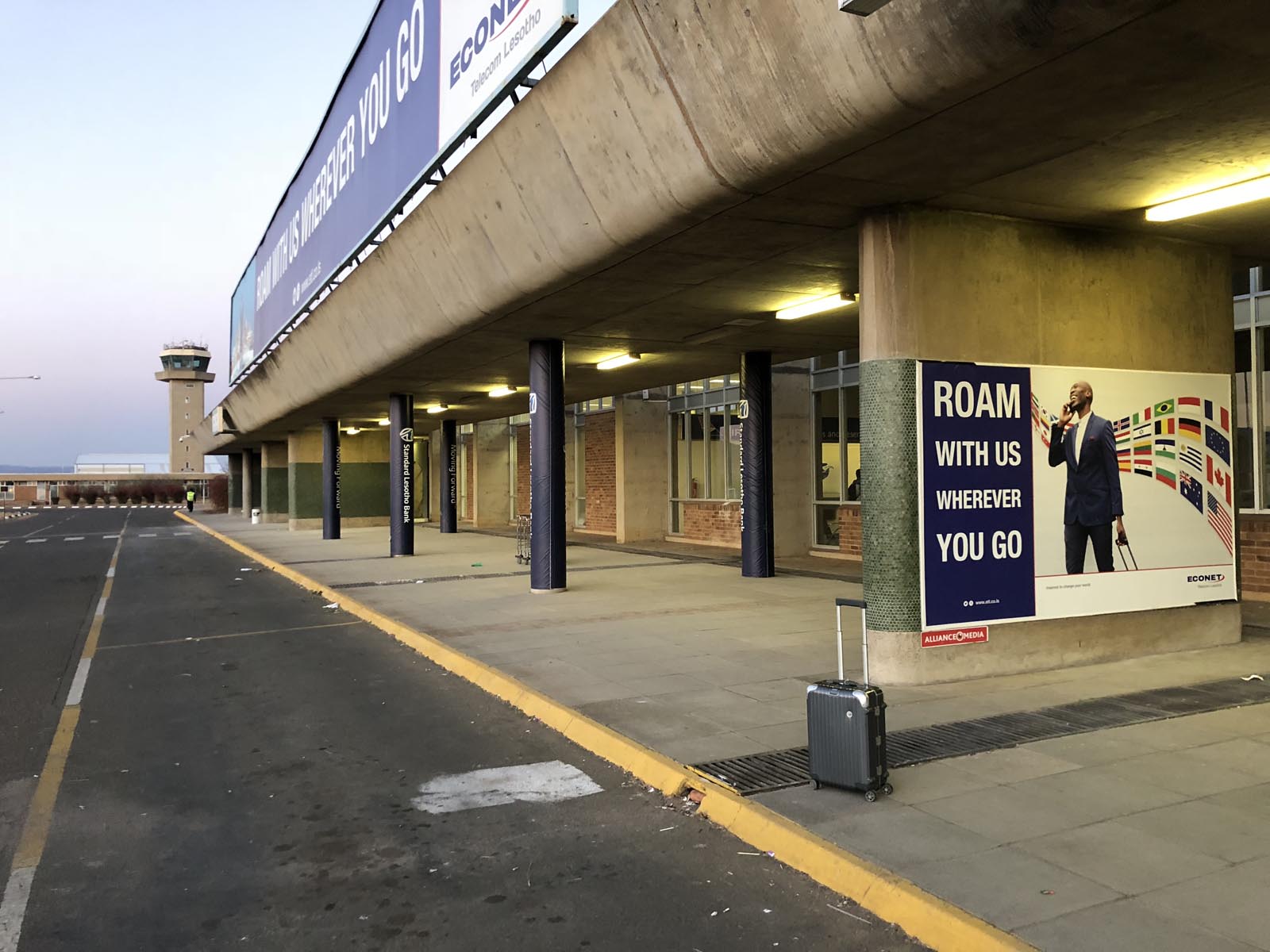
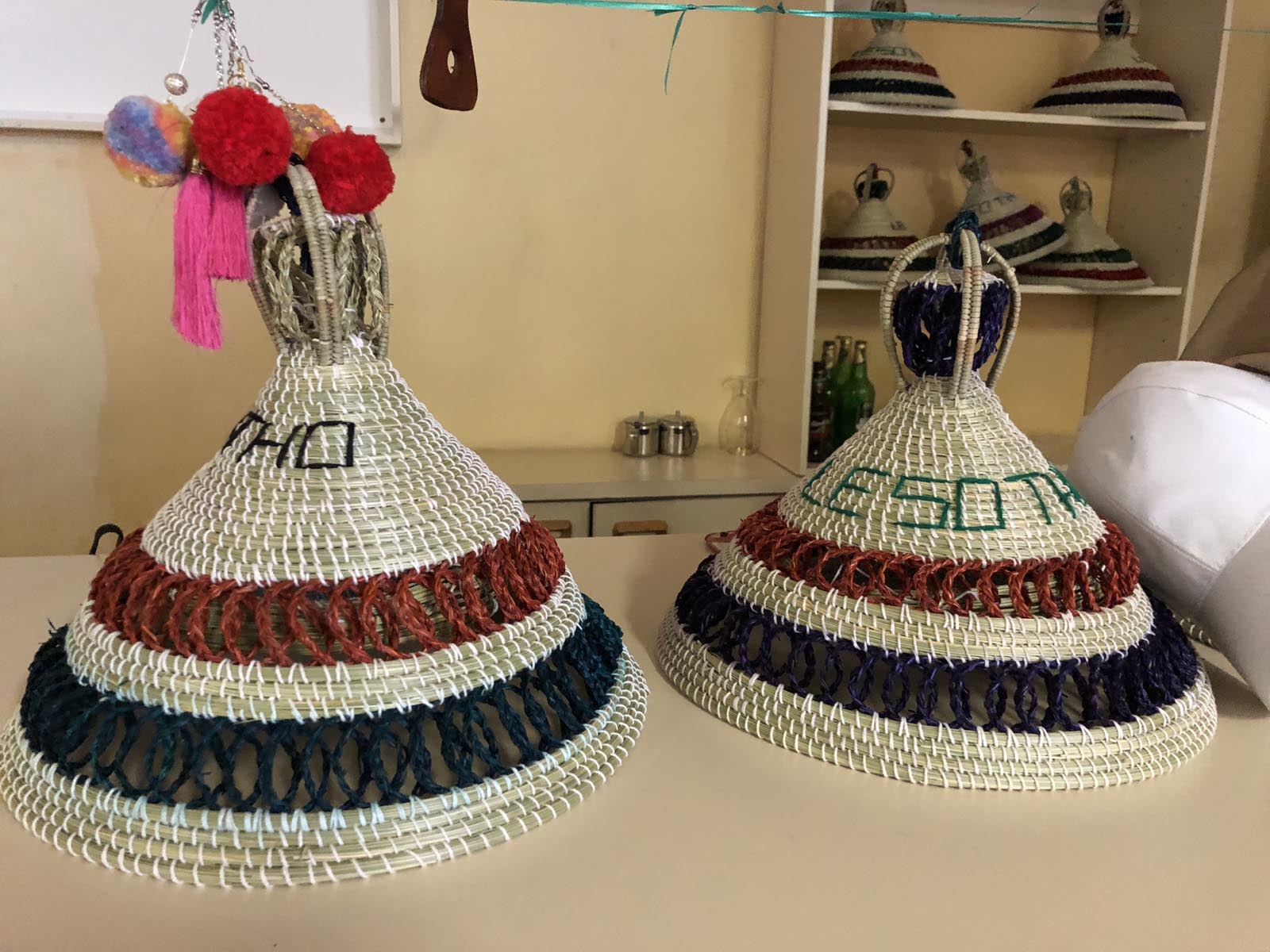
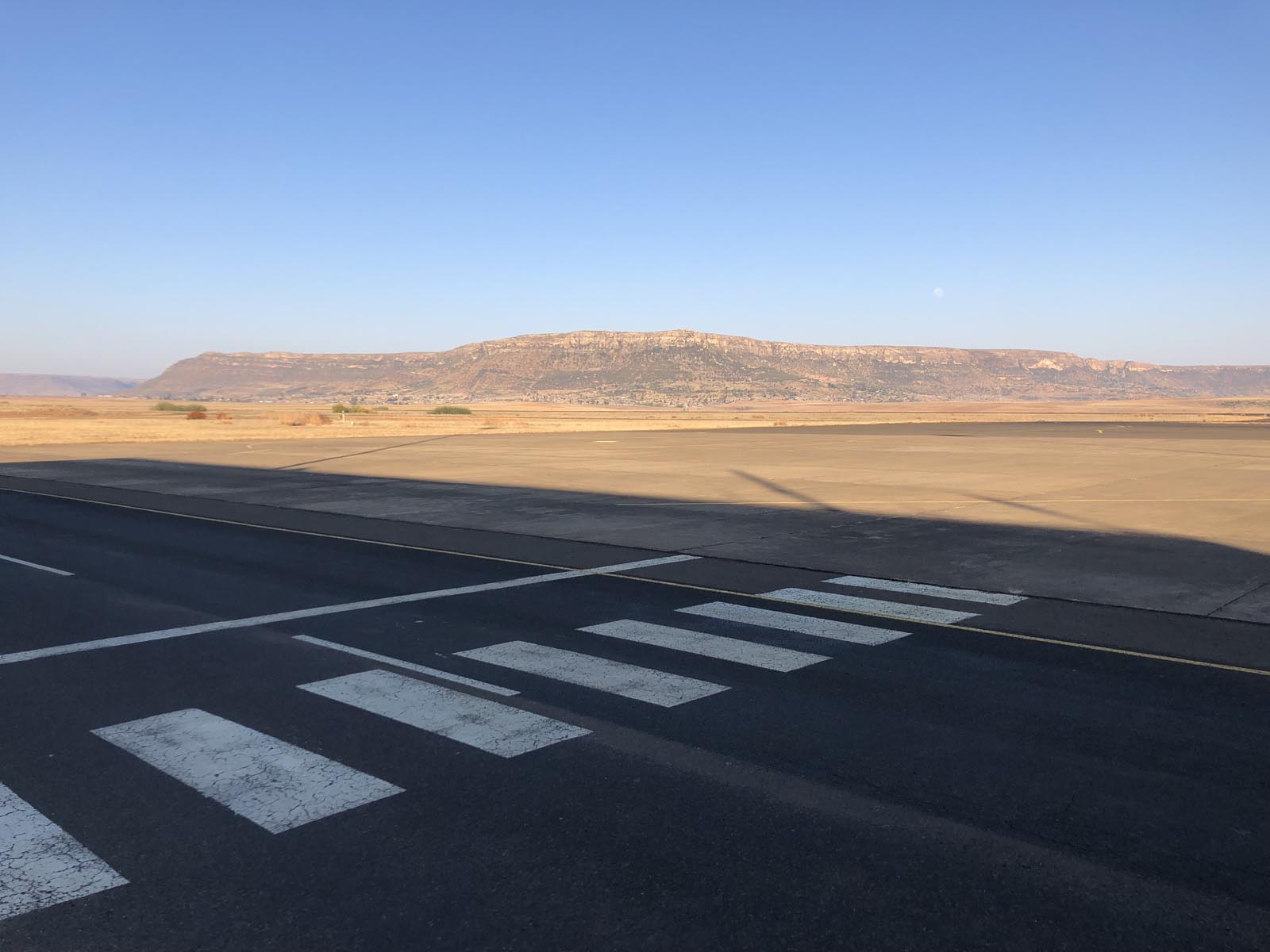
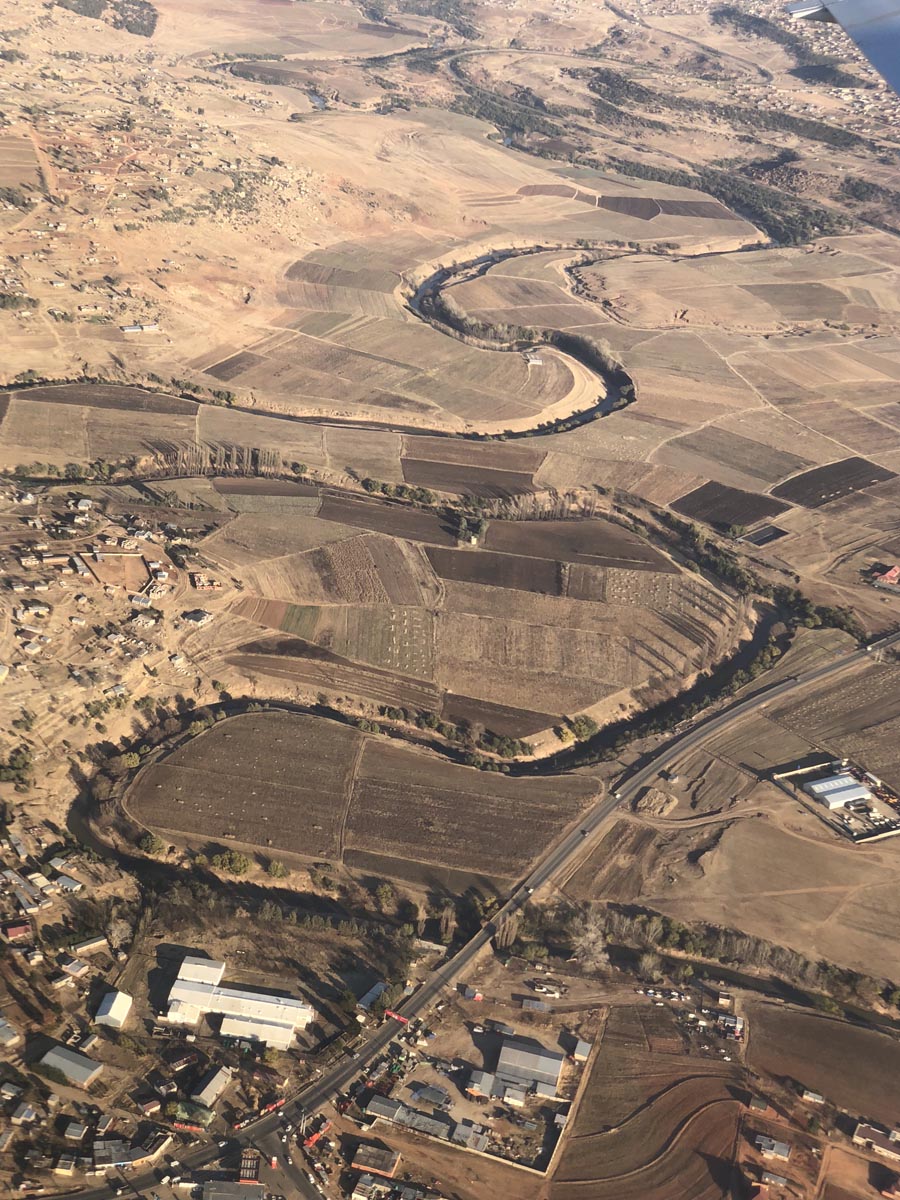
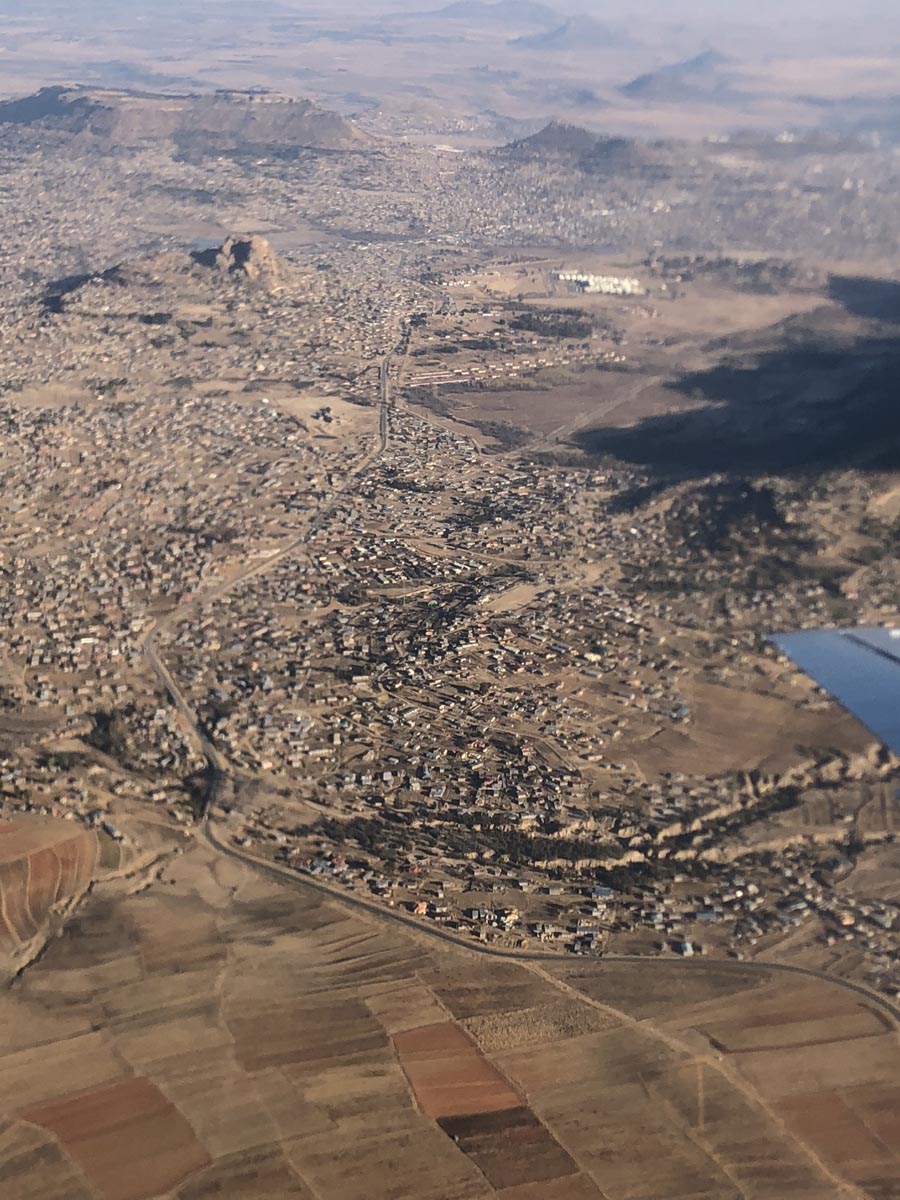
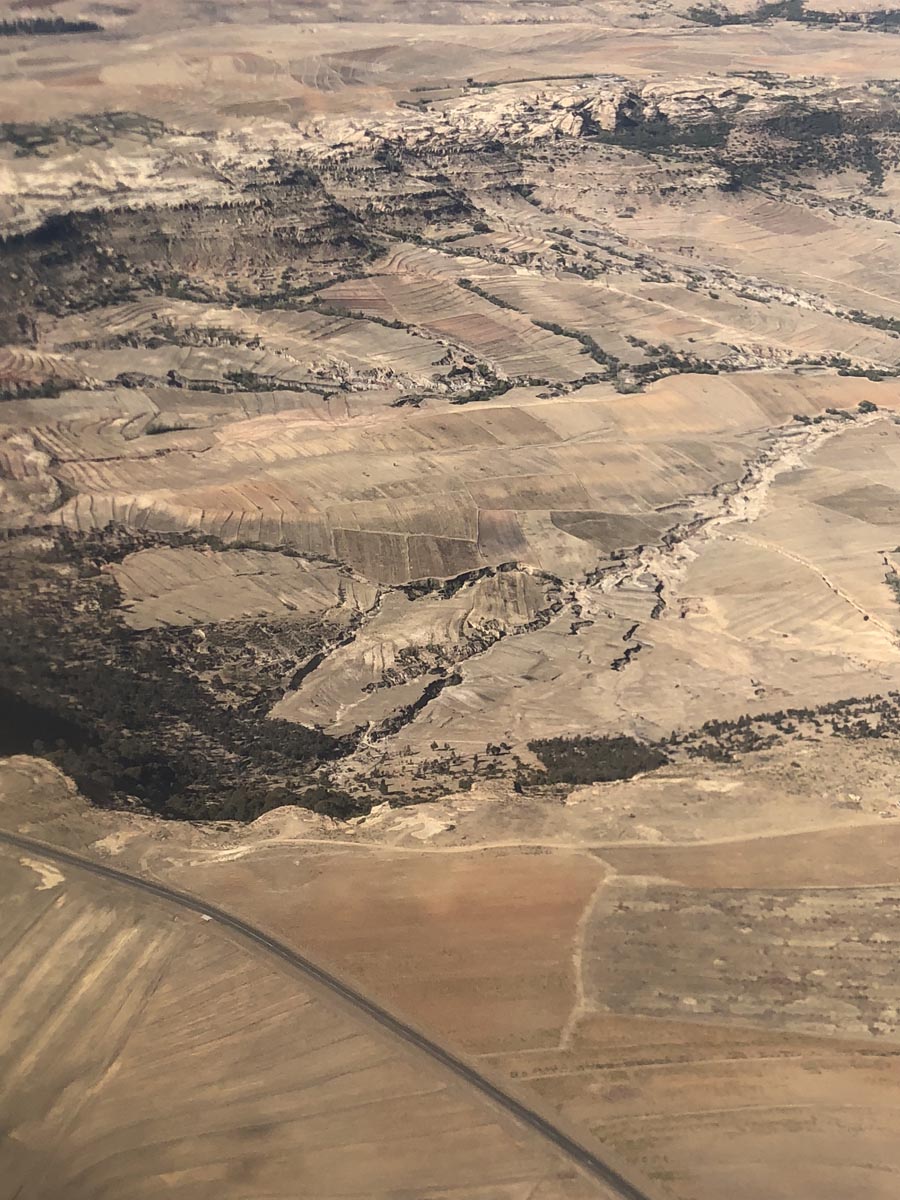
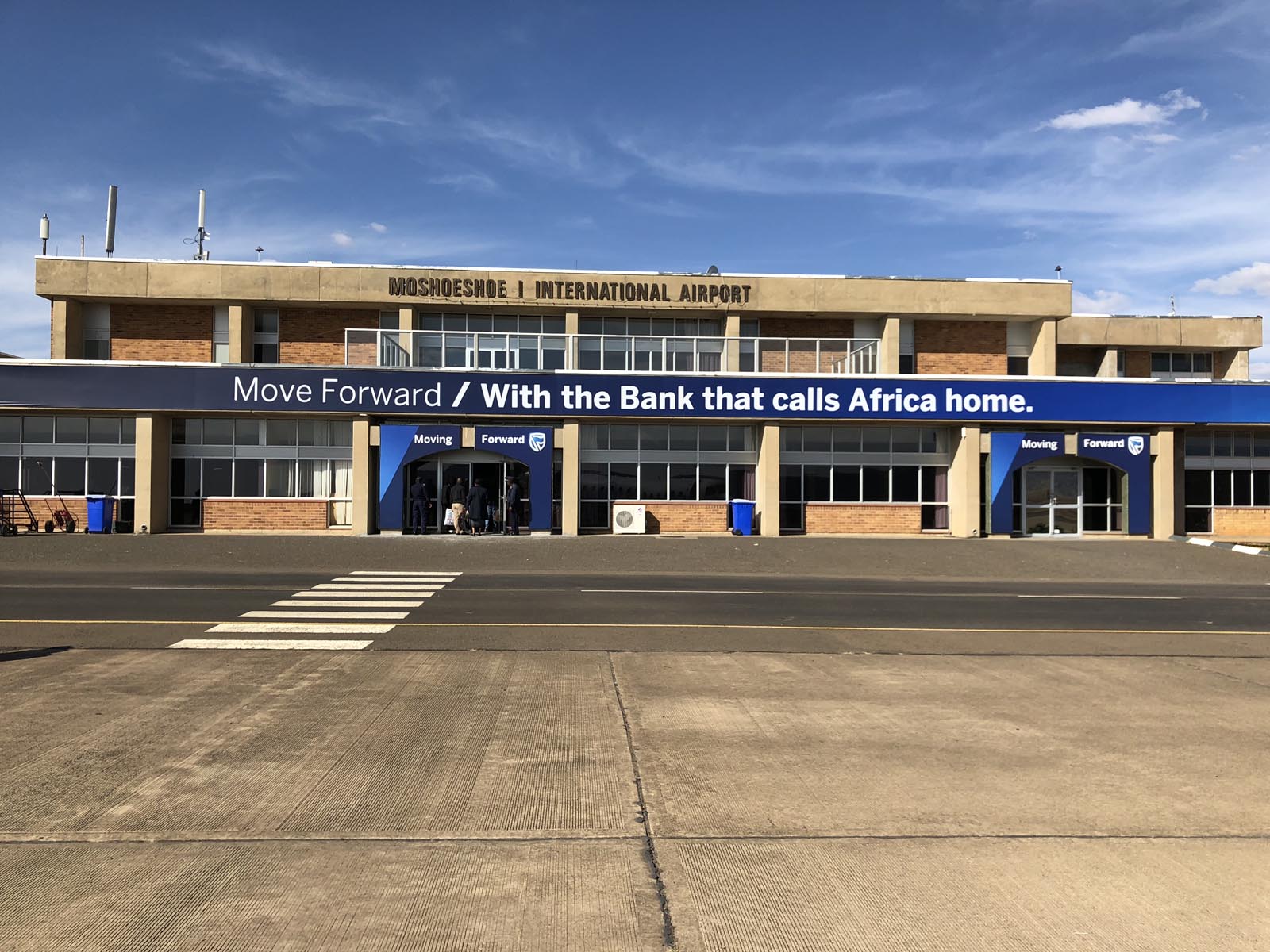
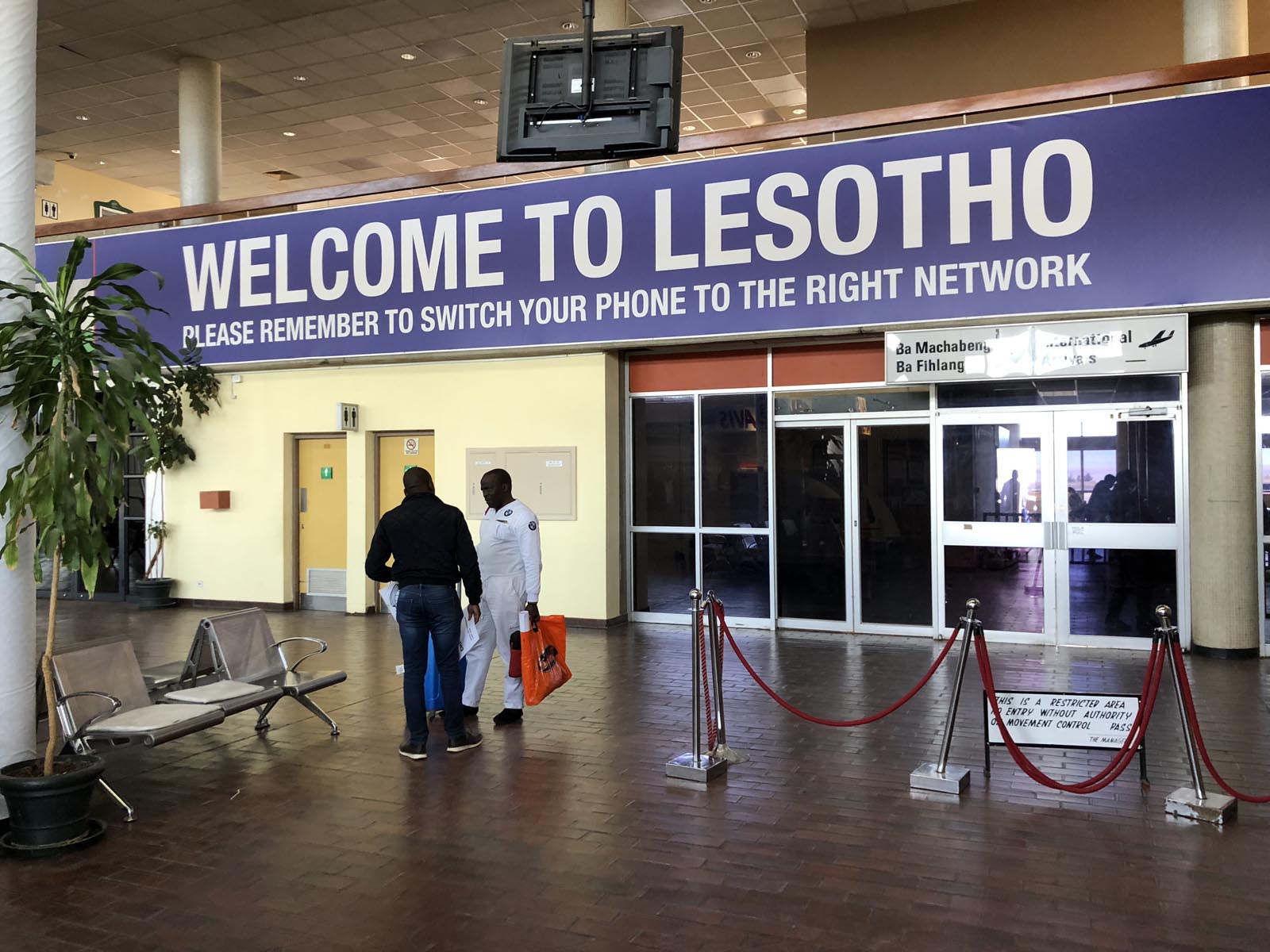
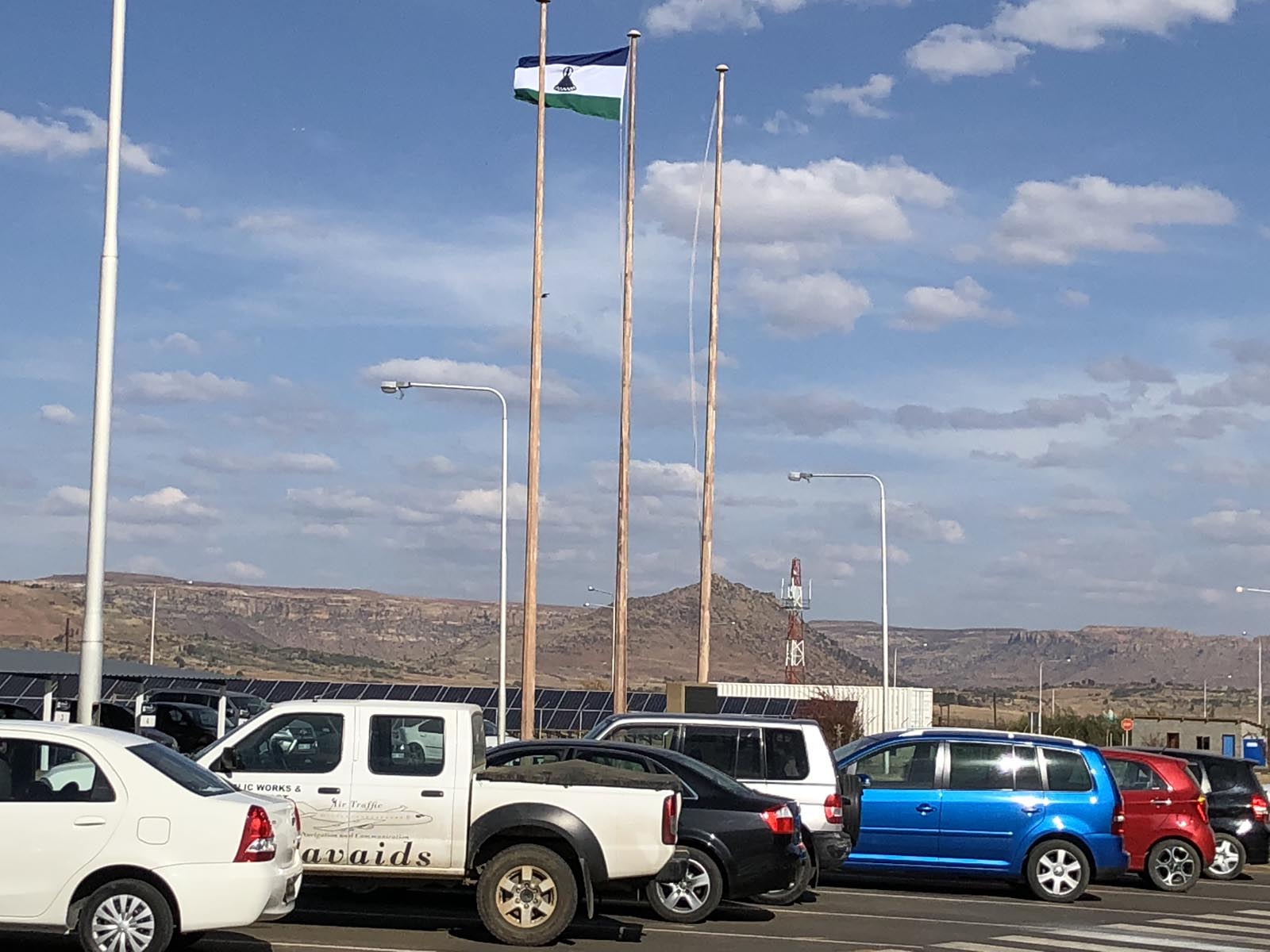
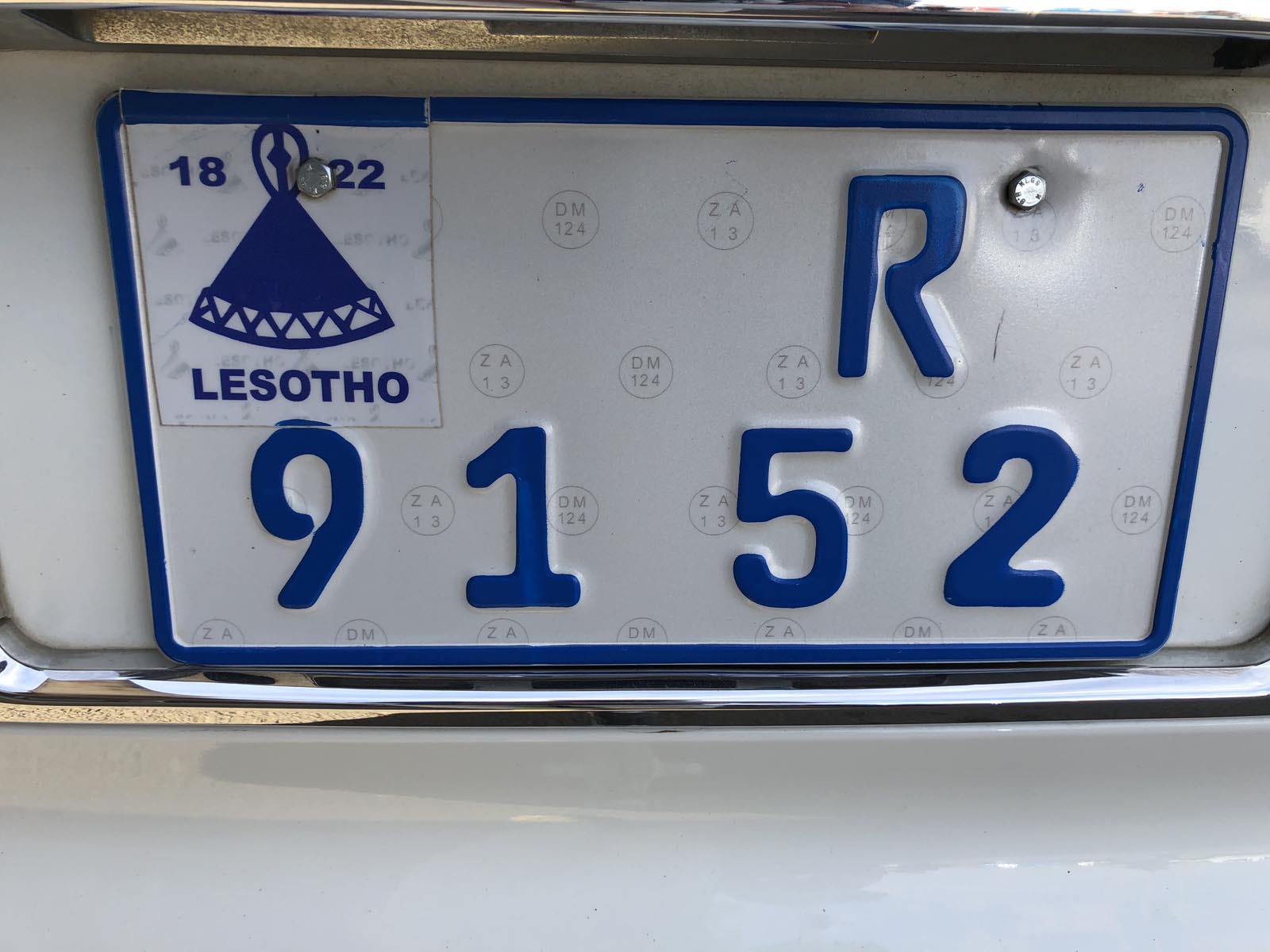
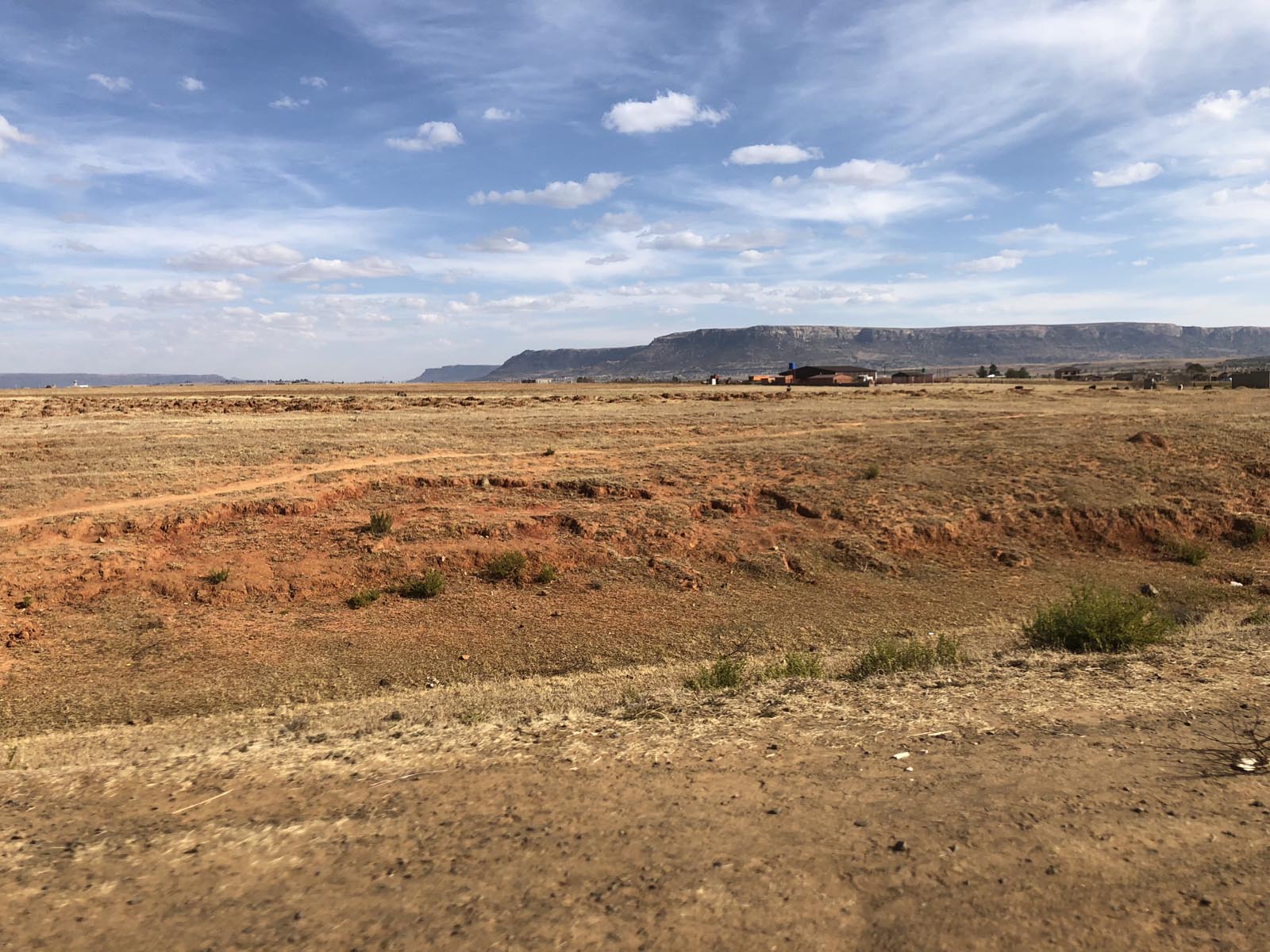
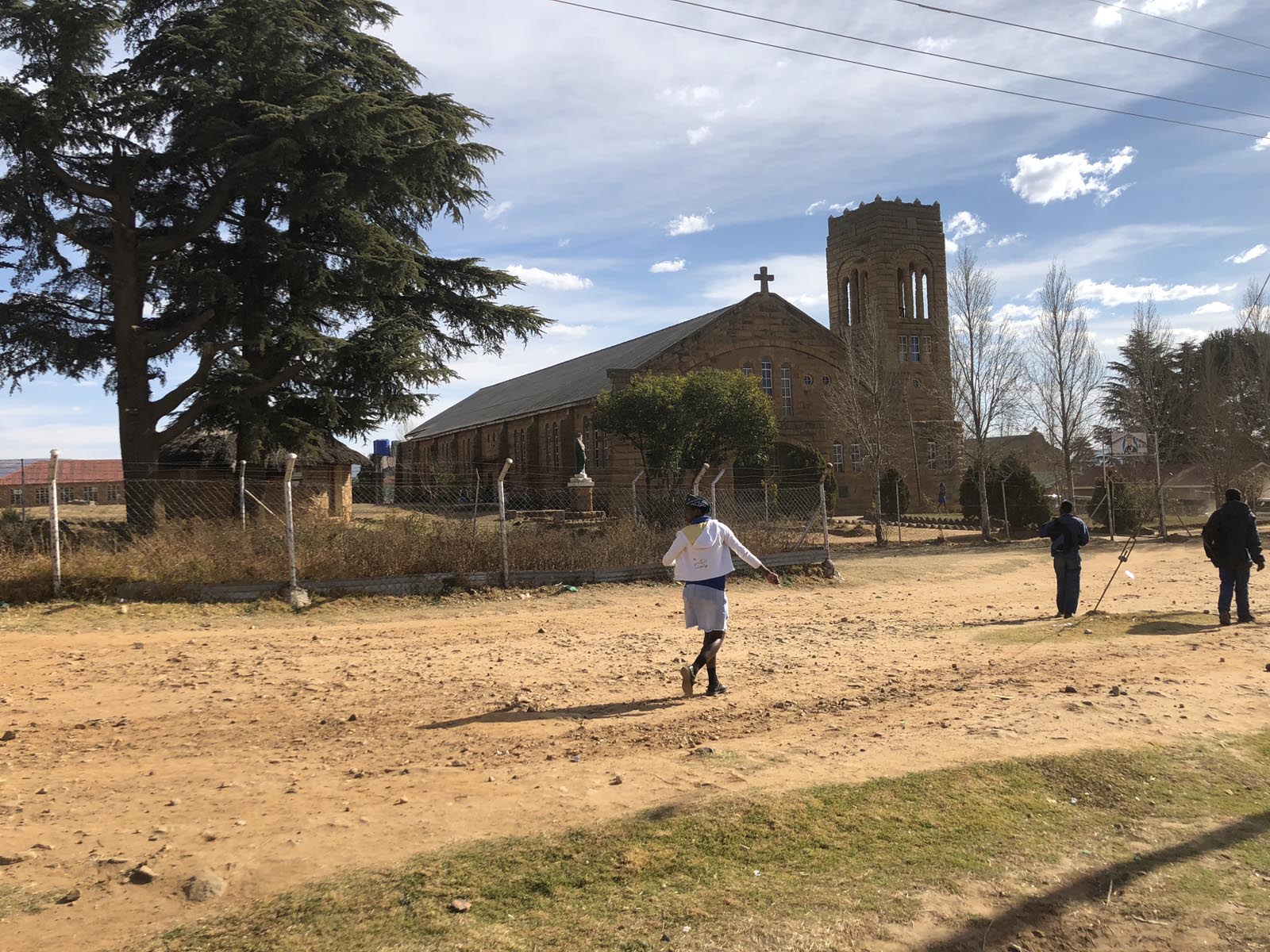
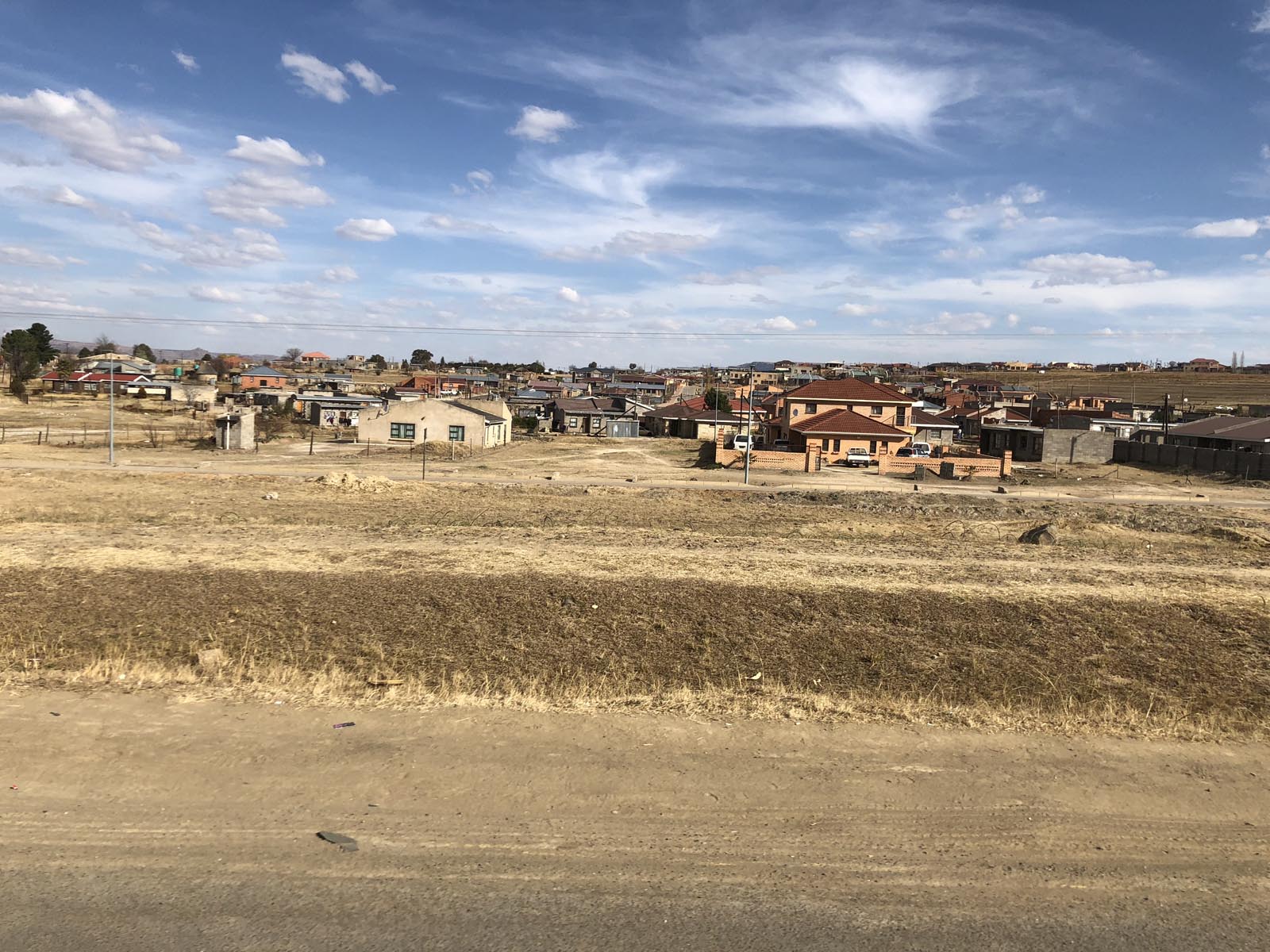
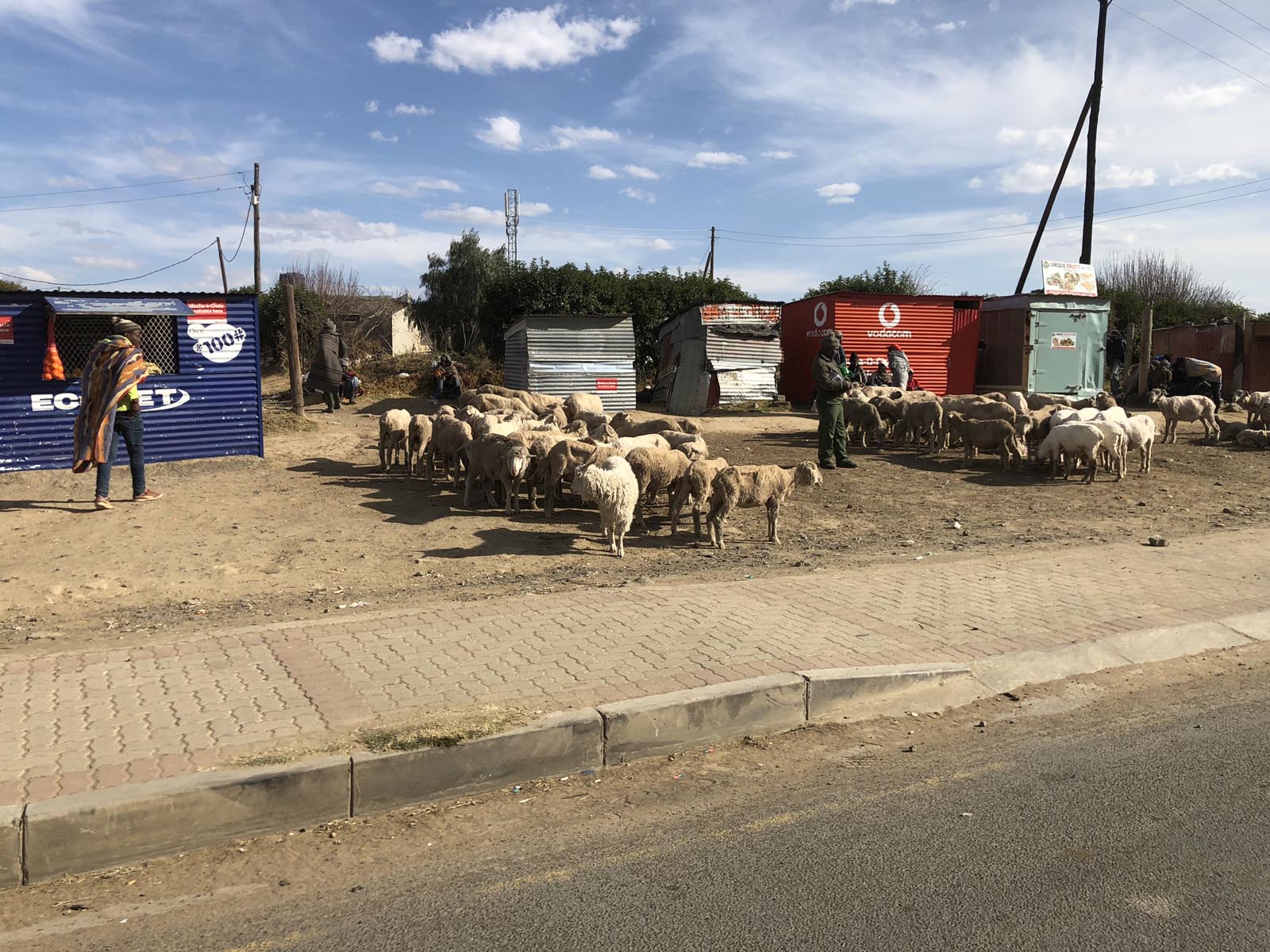
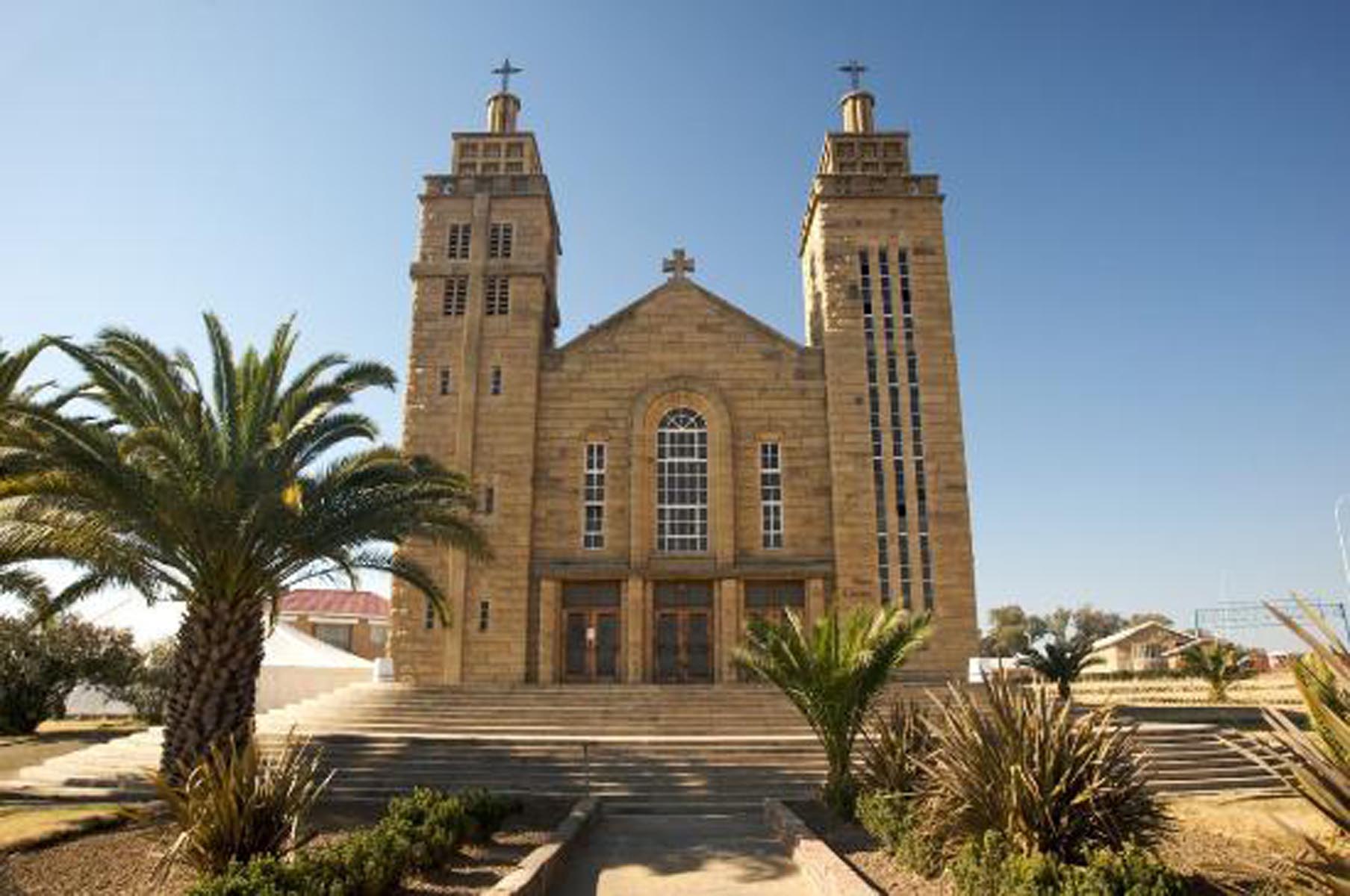
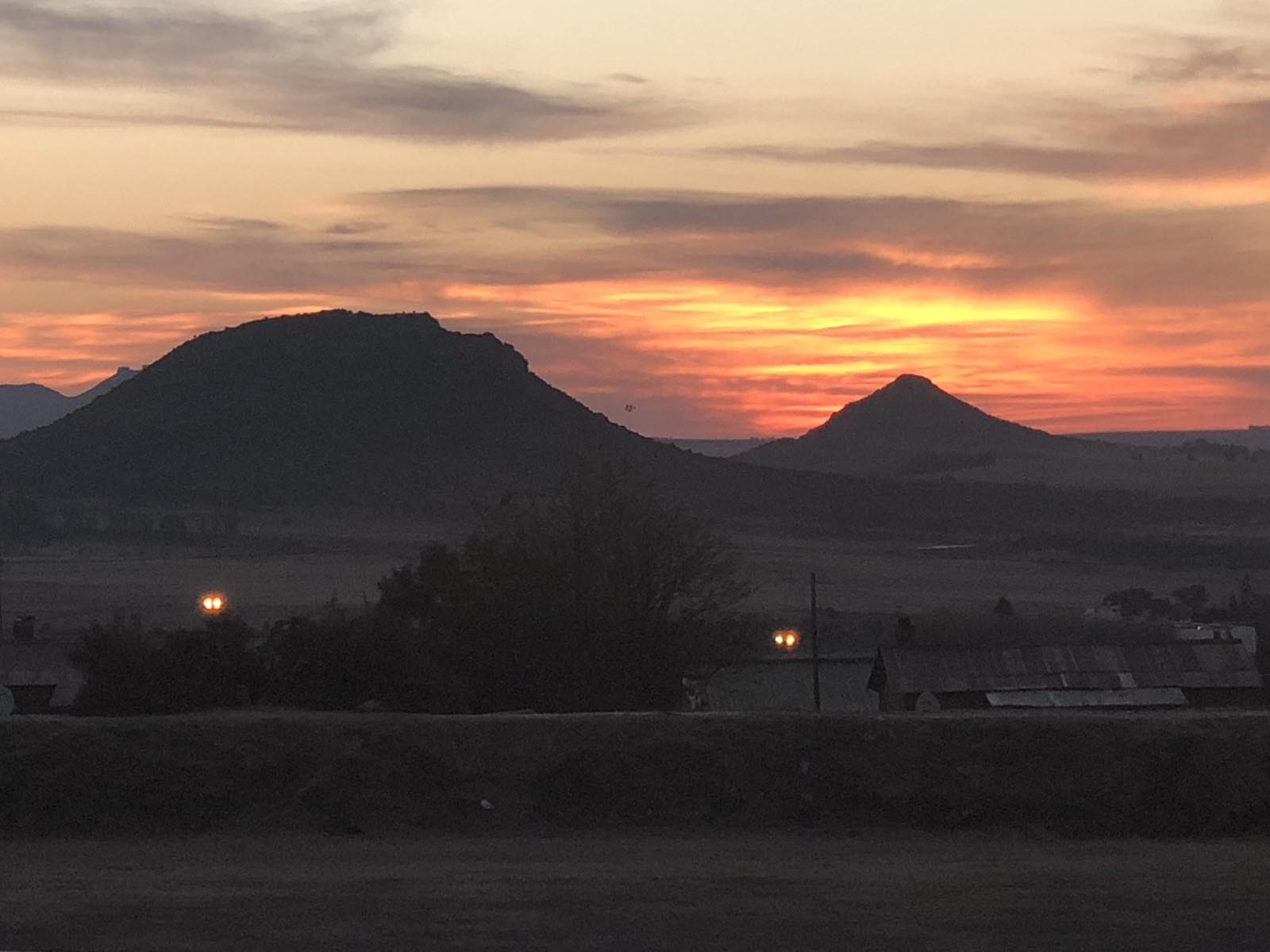
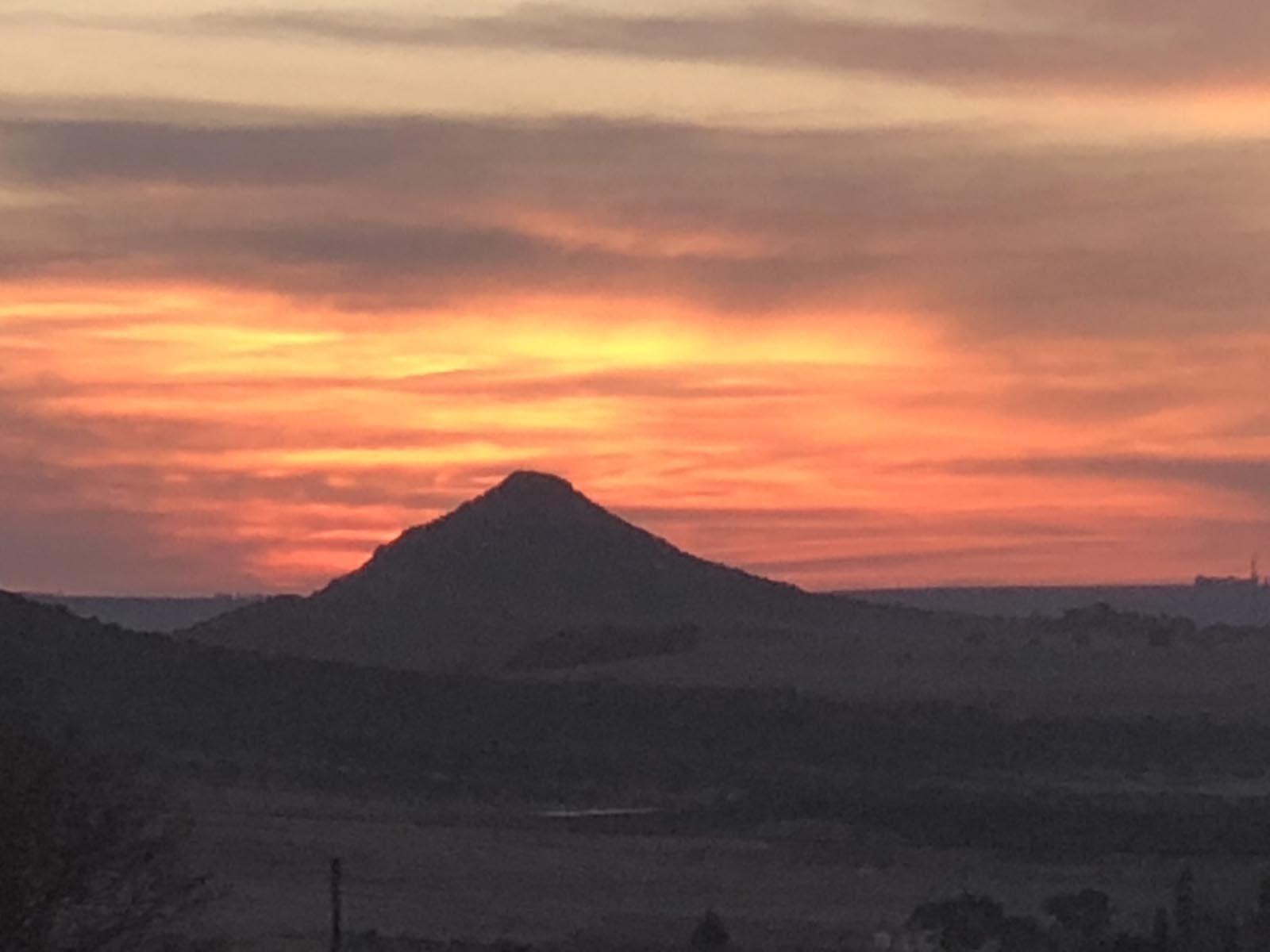
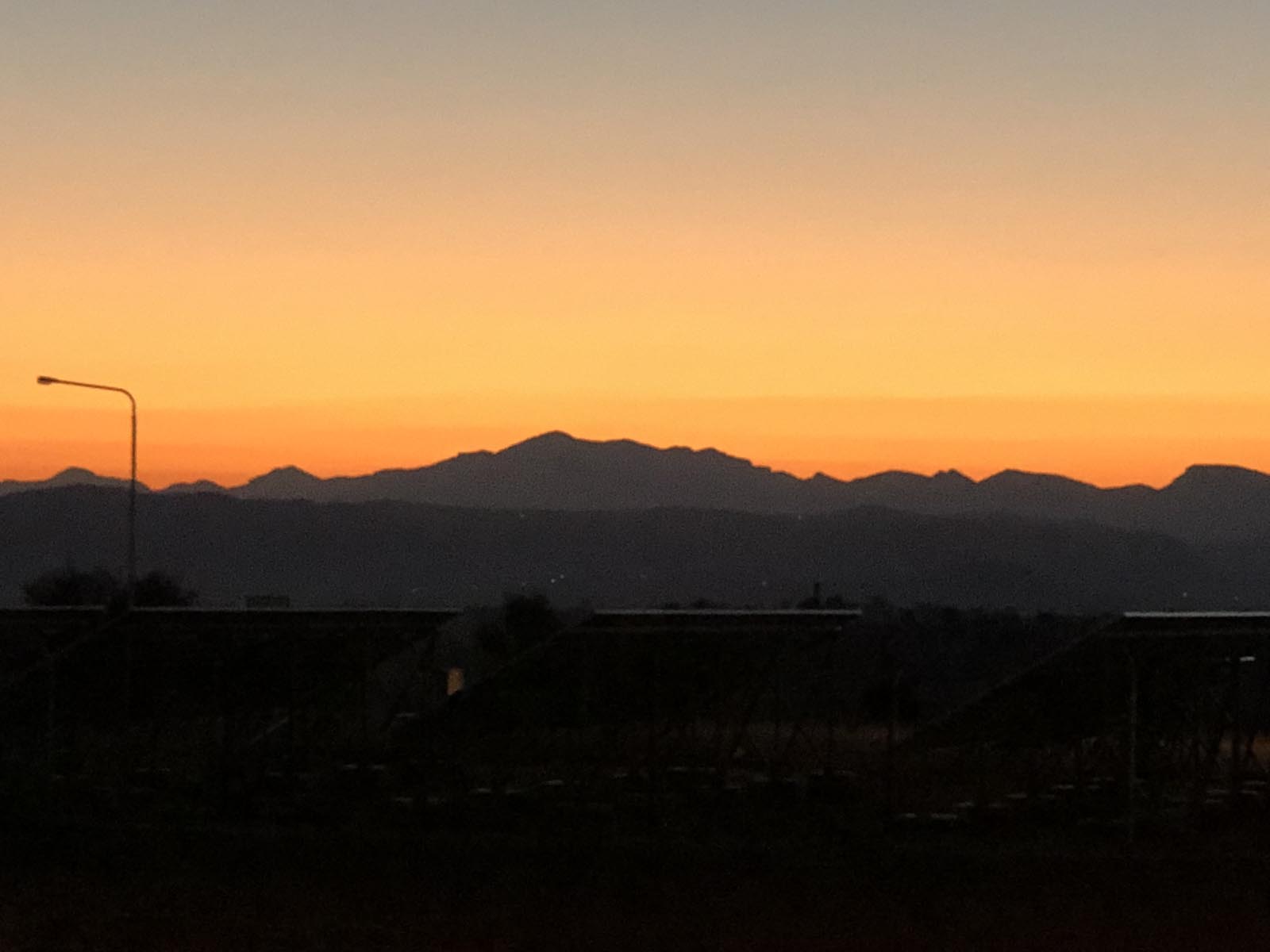

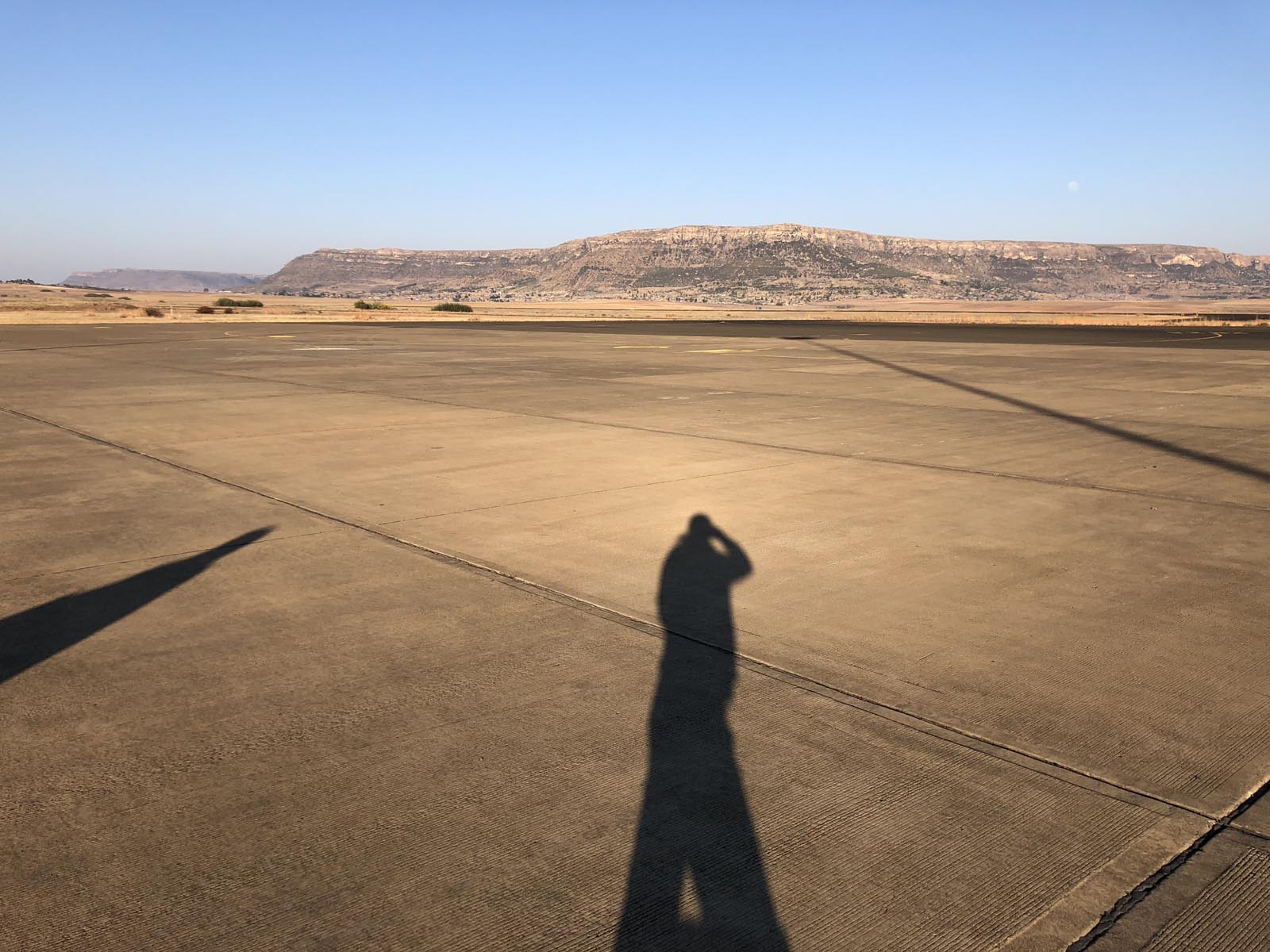
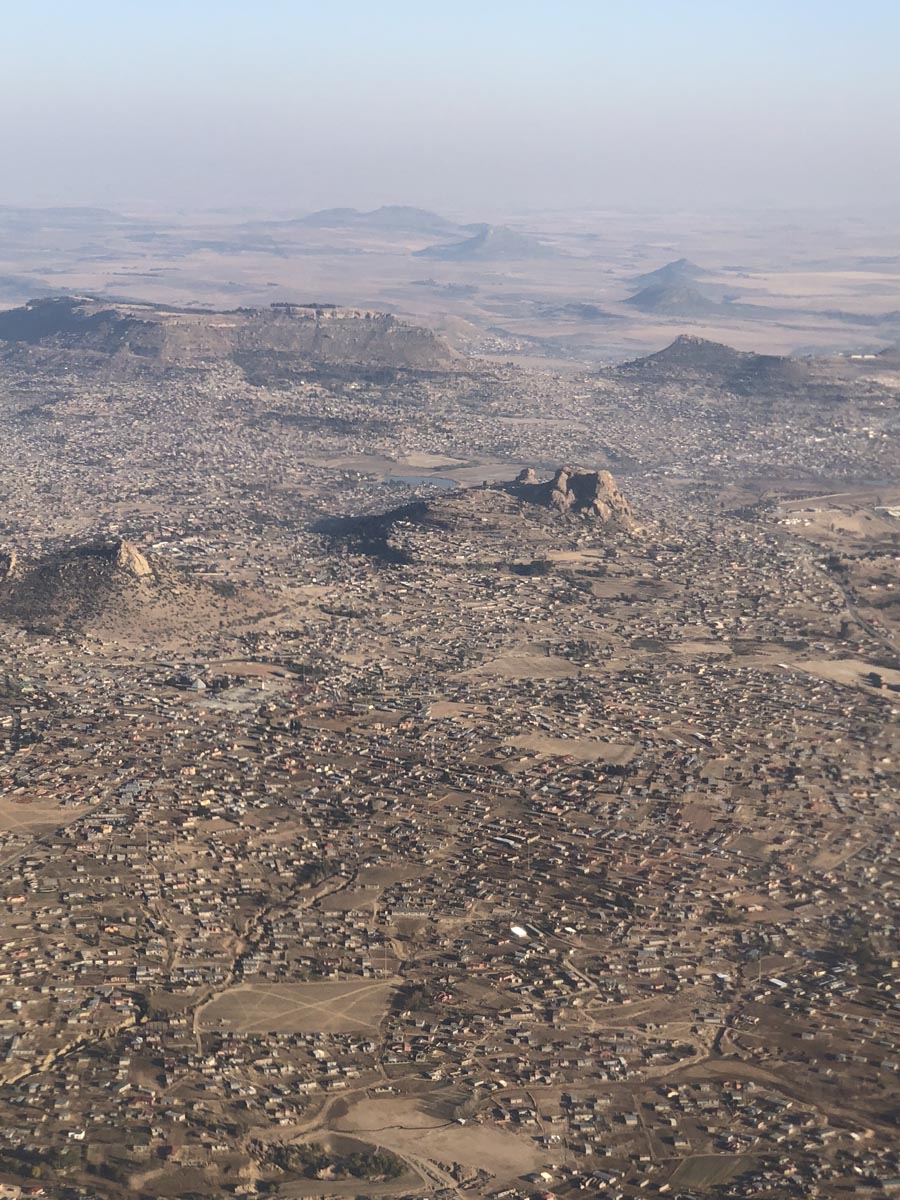
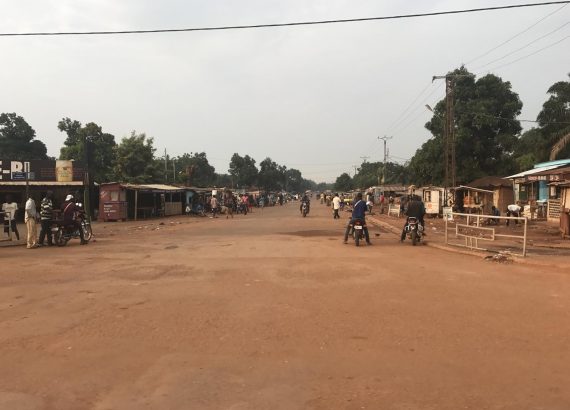
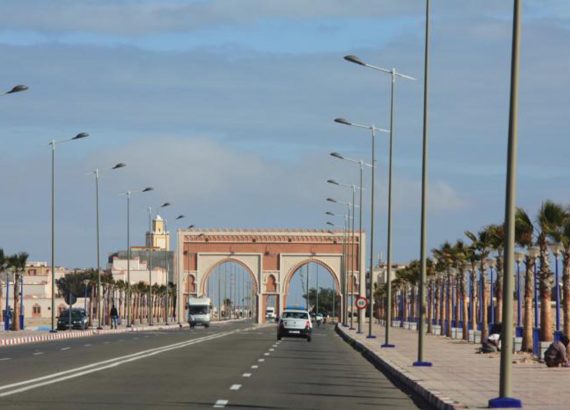
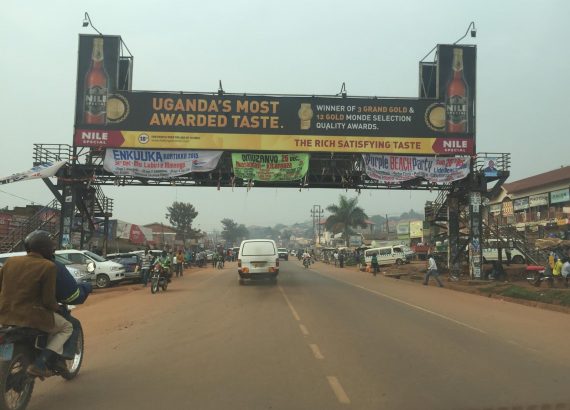
No Comments